2020 Strategic Plan Spring 2017 Report Out












Strategy Overview:


Introduction: Develop Comprehensive recruitment approaches that are more academically focused.



























Introduction: Develop Comprehensive recruitment approaches that are more academically focused.

















What work was completed this year?













What work was completed this year?








What work is planned for next year?






















What progress has been made compared to the 2016-17 benchmarks?
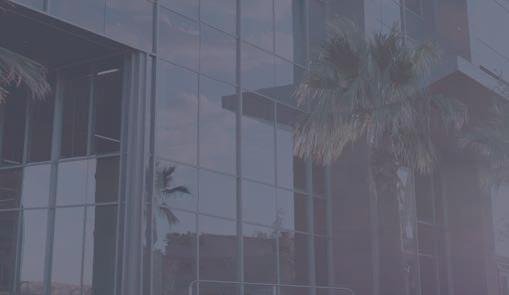
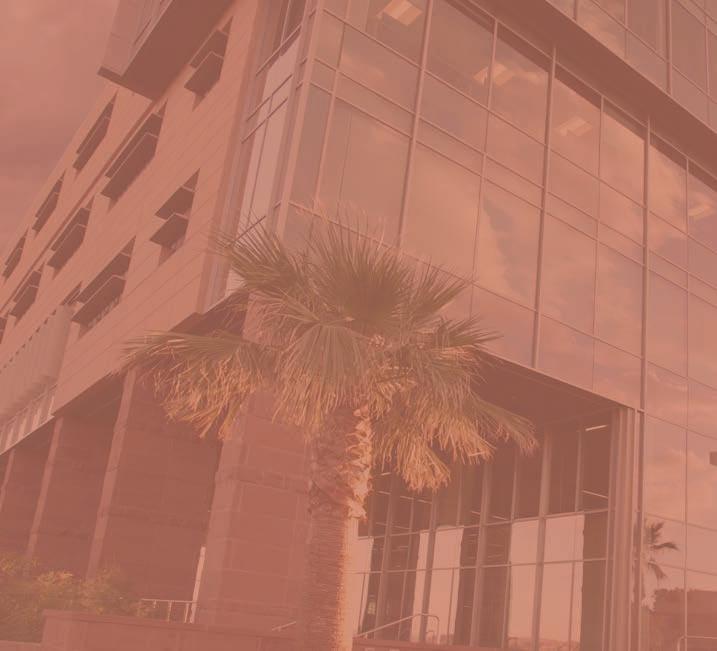
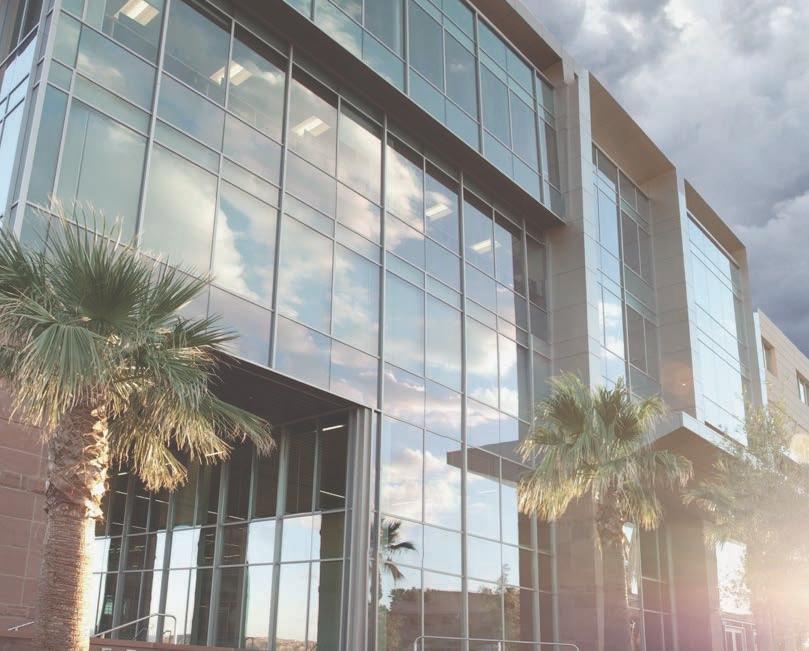

Should they be adjusted going forward?







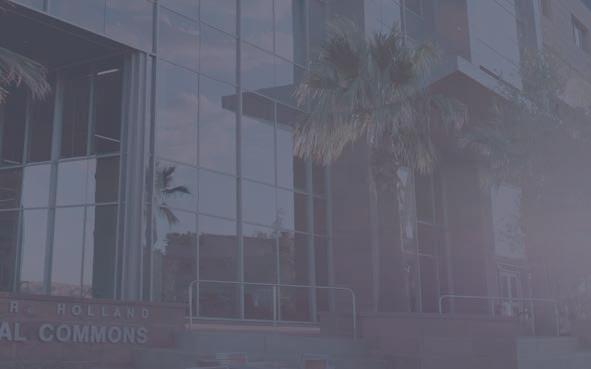








What did your team overcome? What still remain?





What has your team learned?

Key findings and collaboration recommendations?




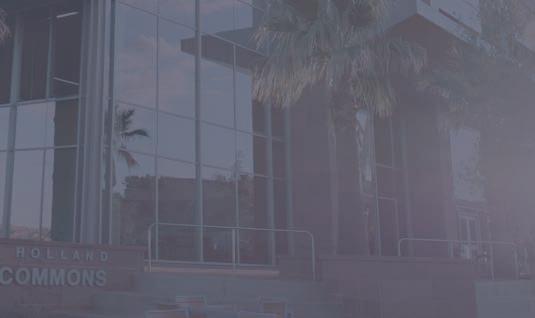
























Introduction:
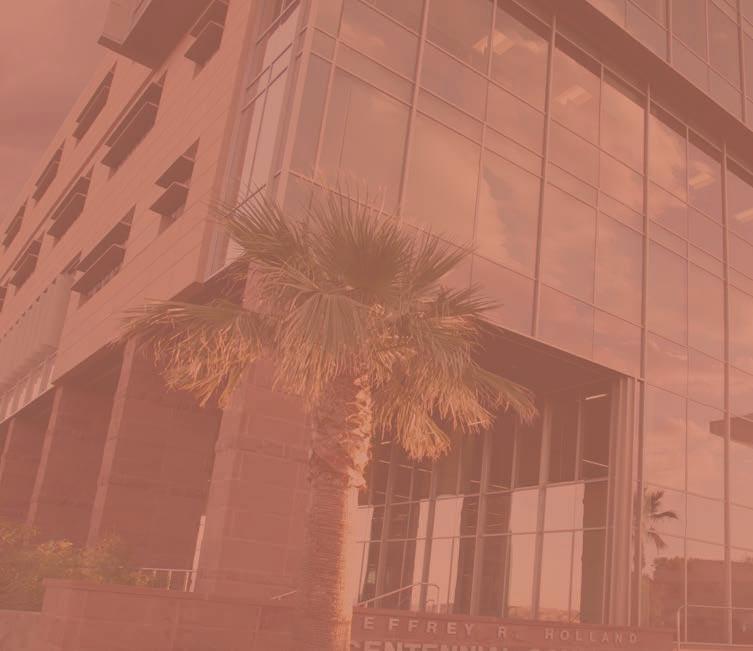






Strategy Overview:

• Target Population: Index Scores < 44



• Primary Intervention: Success Skills Course + Peer Coach
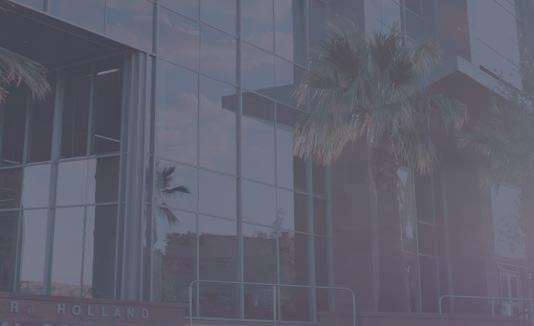
• Strategy also included Supplemental Instruction







What work was completed this year?




• 200 students participated in the Course + Mentoring



• Fall 2016 to Spring 2017 retention: 73%


• Lagged behind freshmen cohort by only 2%, and 8% ahead of control group

• More than 1200 students participated in Supplementary Instruction

What work is planned for next year?



• Structured Scheduling with same at-risk populationEnrolling students based on intake form.


• Rolling Structured Scheduling up into larger initiative: EAB Healthcare Model.










• Adjusting cut-off score to match capacity of SSC-1020 sections, peer coaches, and student success center support






What progress has been made compared to the 2016-17 benchmarks? Should they be adjusted going forward?
• Preliminary data suggests that strategy is on track. 73% retention rate vs expected 65% retention rate.
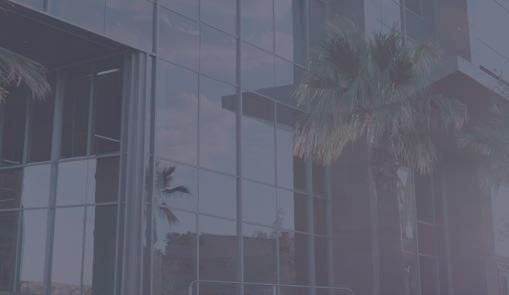










• Overall freshmen retention rate Fall to Spring: 75%
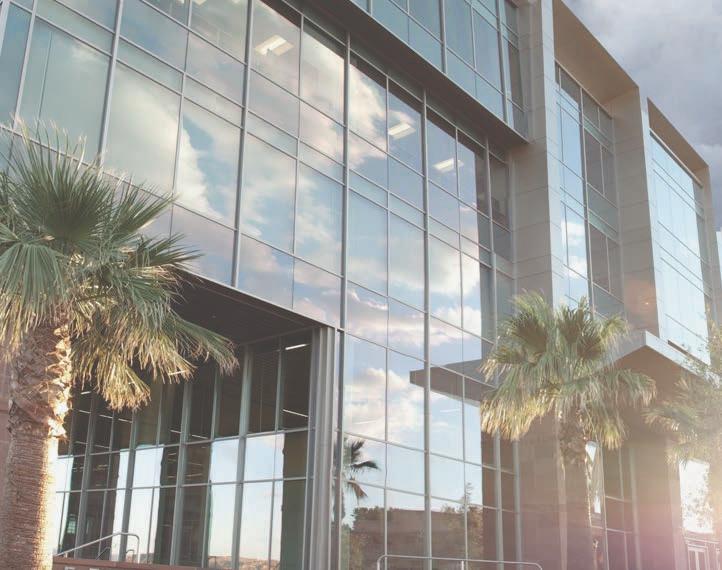

• Would not recommend any adjustments to 2016-17 benchmarks at this time.


What did your team overcome? What still remain?

• Only 50% of target population enrolled in the course. This will be overcome by keeping registration hold on students and requiring all ADDs & DROPs to take place via the Advisor.







• Difficulty in finding enough instructors for the course. Currently asking departments for faculty recommendations.





What has your team learned?
Key findings and collaboration recommendations?




• Strategy is producing results: Retention rate is exceeding comparable group of students by 8%.




• Students in population do not do OPTIONAL. A registration hold must be kept on all students.



• As the First Year Experience course is revised, perhaps it can take the place of the SSC-1020 (Success Skills) class as the rigor and course content is improved.




















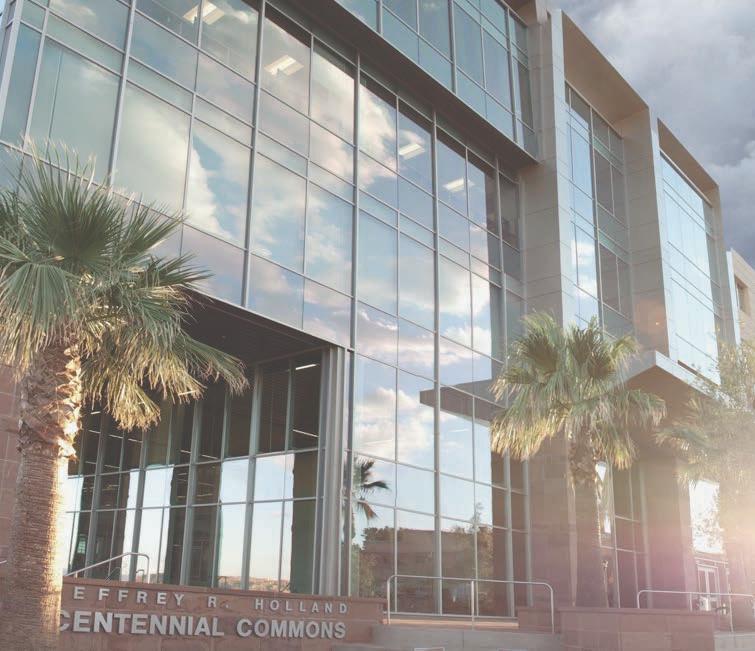




($$%='26"1"'2%'%&"*(2"'0%$$(>%*(.#"$8?'26"8'16%3$/'>"'%*+(),-"/'=,26'('!"()'%*'@11%0,(2"' A,0"'B*"1,/")2'%#"*'26"9;'''


















What work was completed this year?


• The Student Success Center was established


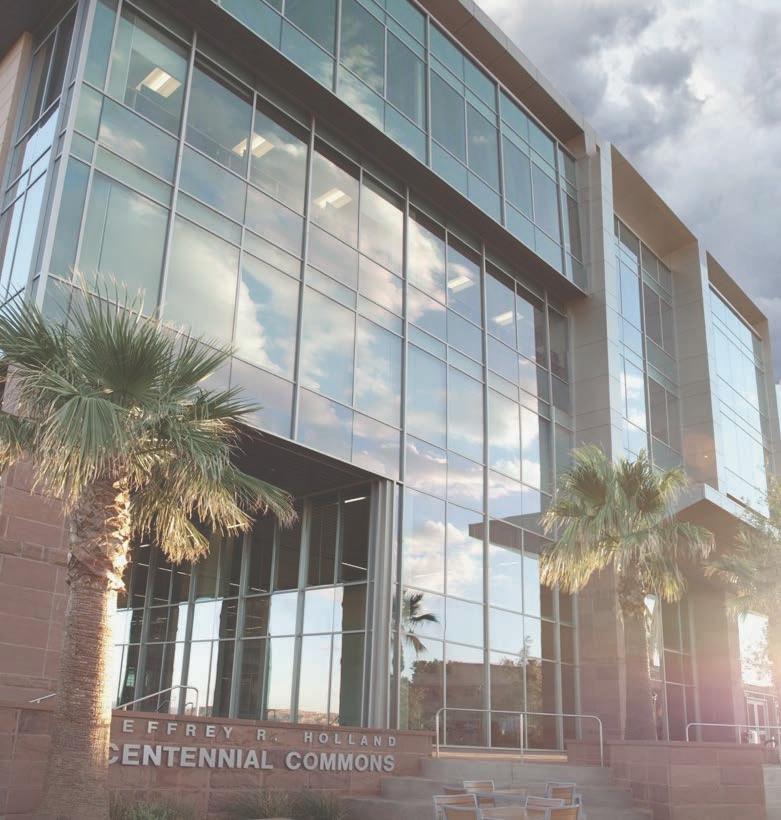



• First Director was hired March 2016 -resigned September 2016
• Interim Director was hired November 2016
• Permanent Director Search is currently in progress
• Assistant Director of SSC was hired January 2017

• Interim Coordinator of New Student Orientation and Family Programs was hired January 2017
• Permanent Coordinator of New Student Orientation and Family Programs was hired April 2017
• Staff Offices and student work space was created
• SSC 1020, Study Skills course was created and offered

What work is planned for next year?

• Fill SSC positions with permanent; full-time staff.

• Select students to become participants in Student Success Center as part of structured enrollment

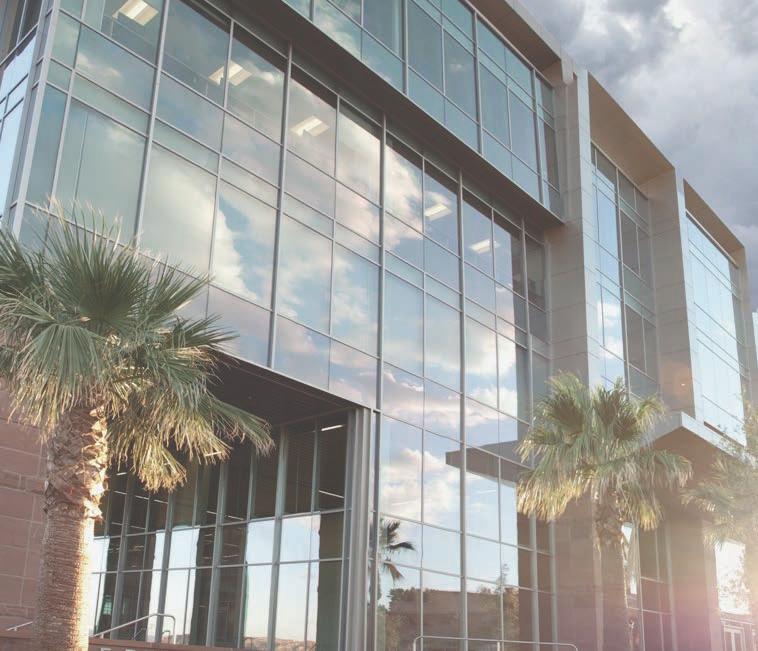


• Offer sections of SSC 1020

– finalize course content









– increase to 2-credit class

• Train student mentor/leaders





What progress has been made compared to the 2016-17 benchmarks? Should they be adjusted going forward?
• Student Success Center positions have been created and funded


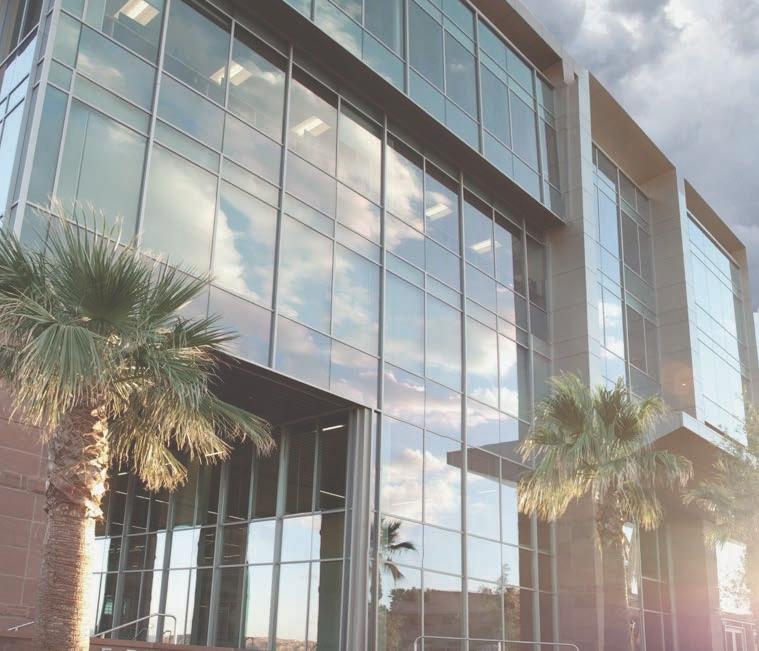


• Space has been established in the Browning Learning Resource Center for the Student Success Center
• SSC 1020 has been offered.



–
11 sections were taught Fall 2016
–




197 students enrolled (72% capacity)

• Student mentor/Leaders have been trained


What did your team overcome? What still remain?

• SSC Staff positions unfilled

• Adjusting to minor changes in strategy as became necessary
• Having all permanent, full-time personnel for the SSC










• Revising the SSC 1020 course and hiring qualified instructors




What has your team learned?
Key findings and collaboration recommendations?







• Enrolling students who would best be served by the Student Success Center






• Have the SSC staff accountable for each students progress and success


• Measuring each student's academic progress/success each semester and assisting with student goals, retention and graduation

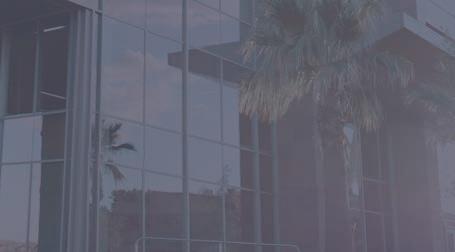




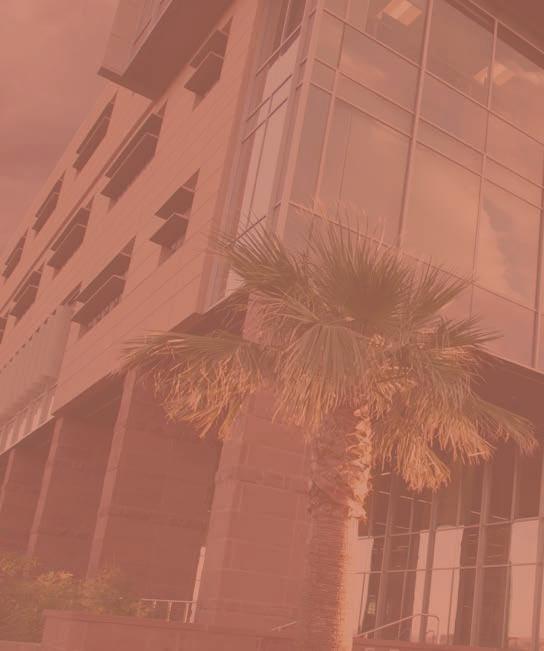




























Strategy Overview:







Introduction: Develop a comprehensive climate for increasing both the full-time and adjunct faculty role in student retention






• Engage the entire campus in a retention discussion

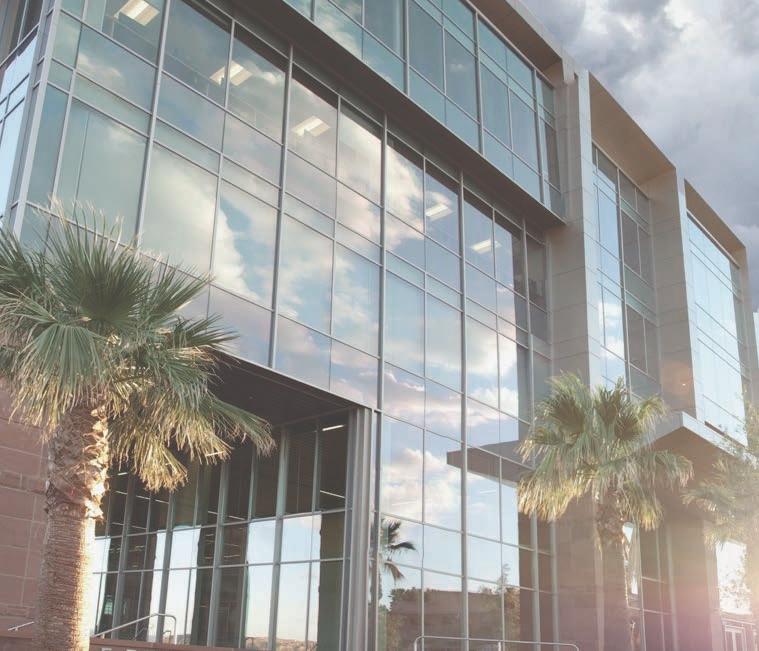


• Build resources for faculty with tips and best practices on their role in retention
• Focus on first generation students

What work was completed this year?


• Retention Facts Sheet was printed and distributed. An accompanying email with a quiz was sent out to faculty
• Faculty Role in Retention website was created and promoted









• Student Success Strategies Survey was created and distributed this spring; results to be reported later this year


• First Generation Student coding was created in Banner. Now able to identify all students as first generation




What work is planned for next year?


• Further revision to retention facts sheet and new version printed and distributed
• Responses to retention@dixie.edu email address will be tracked and evaluated





• Retention blog will be created and content updated from time to time with best practices and tips








• Non-cognitive Risk Factors Survey for first generation student population


• Parent newsletter for first generation students








What progress has been made compared to the 2016-17 benchmarks?



Should they be adjusted going forward?



• Retention is up slightly, so progress has been made.



• Proceeding forward, the strategy benchmarks seem in line with what we can accomplish.



What did your team overcome? What still remain?


• Being able to focus in on particular areas we want to impact





























• Shifted focus from an actual Center




• Supporting DSU students and their individual successes



• Funding high impact practices
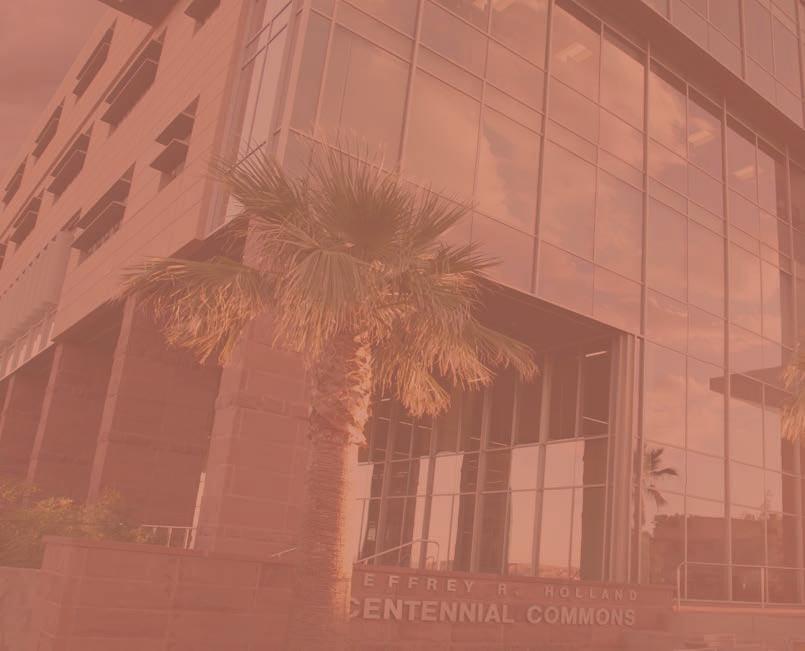













• Created a scholarship application, award letter, and project requirements

• Created a scholarship and identified an approval committee




• Awarded 21 students funding for high impact activities


• Planned a Community and Global Engagement Showcase

What work is planned for next year?
• Request additional one time funding








• Explore alternate revenue sources


• Utilize Scholarship Student Ambassador to market scholarships to faculty, staff, and students













What progress has been made compared to the 2016-17 benchmarks? Should they be adjusted going forward?
• % of seniors who participate in two or more experiential learning opportunities



• Current: 83%

• 2020: 90%


• Measured again in 2019 by Institutional Research







What did your team overcome? What still remain?
• Figuring out how to allocate the funds – How much to award each scholarship period – Which candidates are most deserving









• How to continue the scholarship
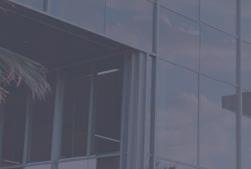
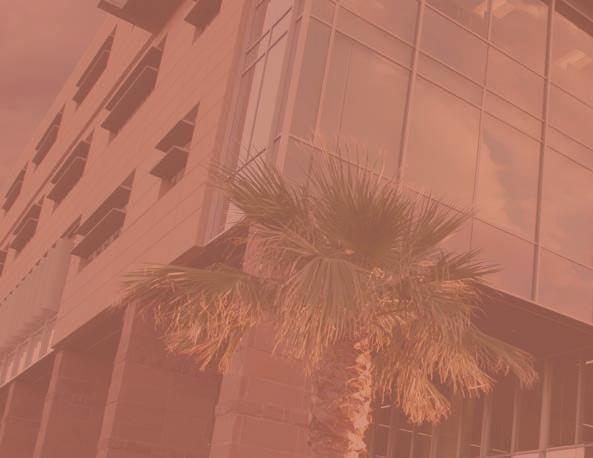







Key findings and collaboration recommendations?




• Re-worked our scholarship application & award letters



• Weighted the scholarship application questions






• Discussed how to track students that participate in these activities
– Graduation % – GPA










































 Dr. Michael Lacourse
Dr. David Wade
Dr. Bruce Harris
Dr. Matt Morin
Dr. Michael Lacourse
Dr. David Wade
Dr. Bruce Harris
Dr. Matt Morin














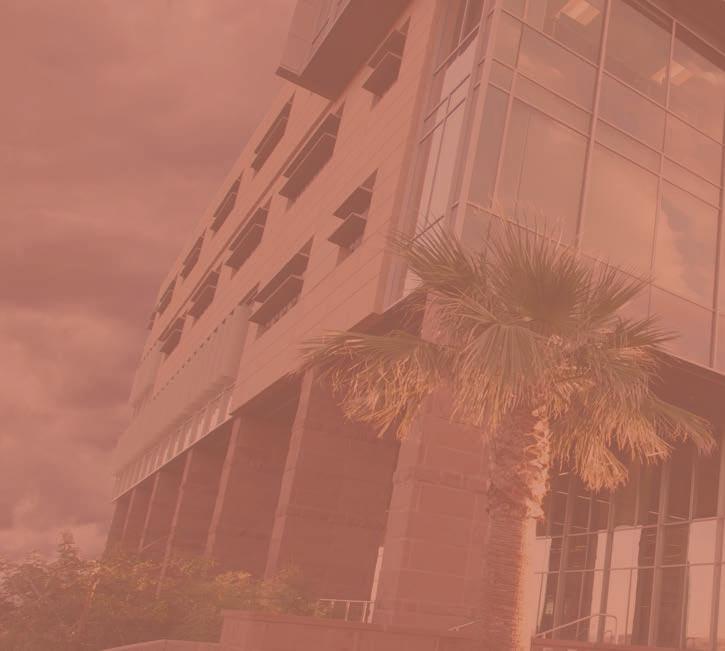









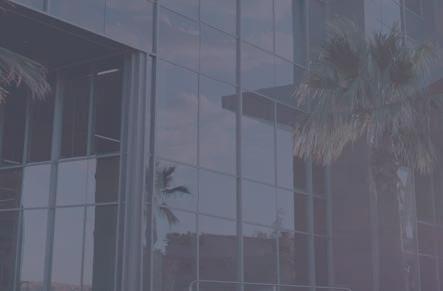



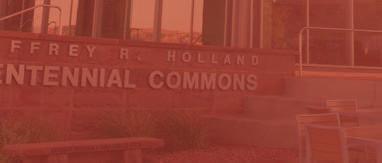

Strategy 2 School of Interdisciplinary Innovation
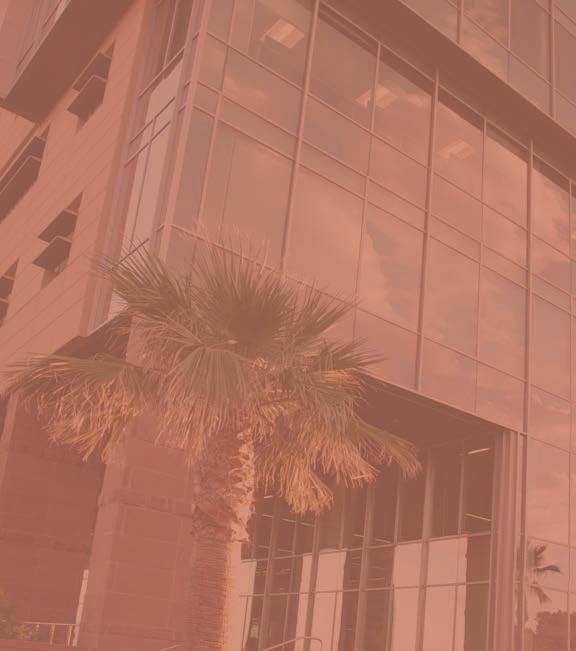



Strategy 3 Improve Quality and Course Delivery












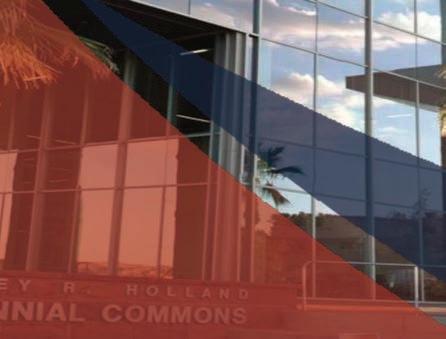


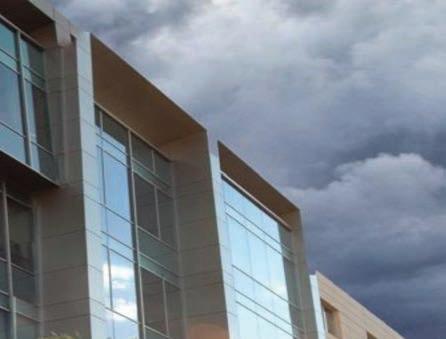

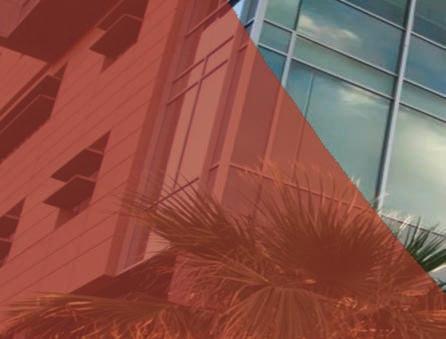




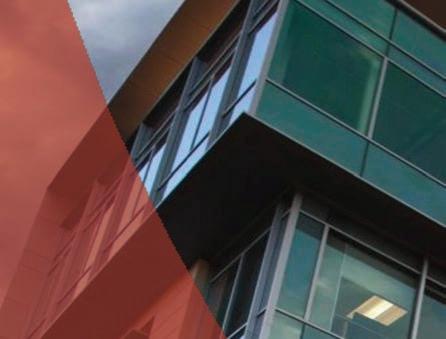











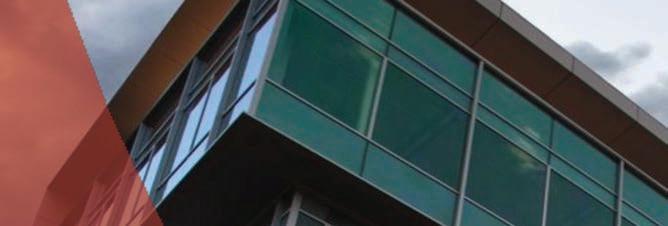
Executive Summary: 9$2:&3;<3"=.>&.?&.@#&A/B23#CB&D34#33B)&.@#&"%/>&$B&/:3/D&.?& B<:3D@%3E&93&D.&/>=<$"/23&43F>4&G/<H&.>&2#/<H&I$2:&2:3& A/B23#CB&D34#33B&G5&/DD$>4&2:#33&G5&!@4E&*+J'(E&K>&?/<2)&I3& />=<$"/23&L33=>4&/%%&*+*+&*E'&B2#/2345&4./%B&G5&*+'M&.#& ".23>=/%%5&B..>3#E&&















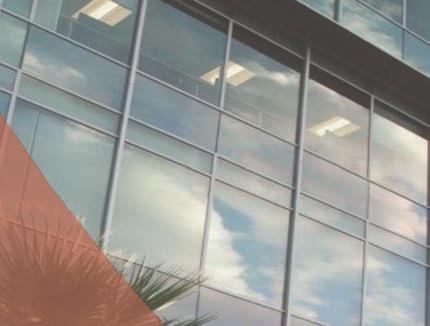





What work is planned for next year?


• Add four new bachelor’s majors to reach 2020 goal of 42







• Add three master’s degrees to reach 2020 goal of three












What progress has been made compared to the 2016-17 benchmarks? Should they be adjusted going forward?


• No adjustment needed









What did your team overcome? What still remain?






• The team overcame meeting tight deadlines for approvals to reach a record seven new bachelor’s majors in one year







• Funding faculty lines


What has your team learned?
Key findings and collaboration recommendations?


• Partnership with our Population Health consultant was successful



















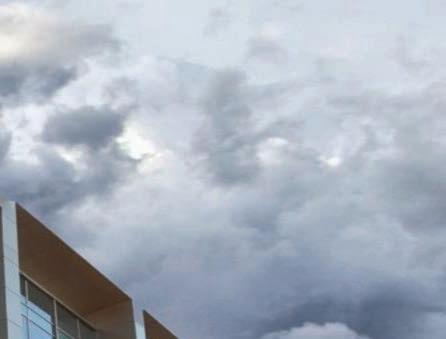




My greatest accomplishment this year.

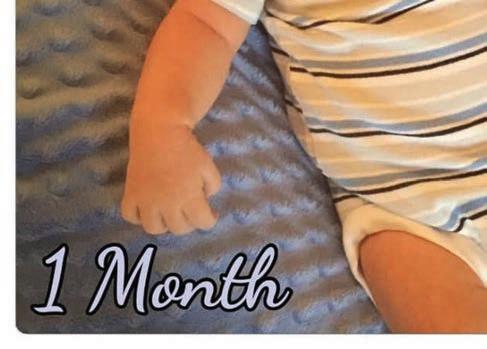
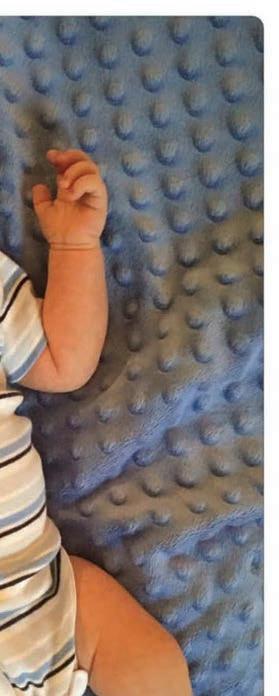
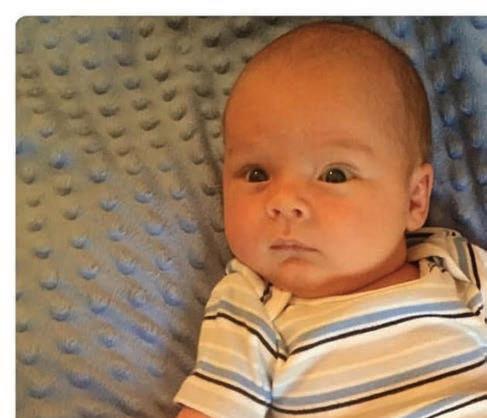
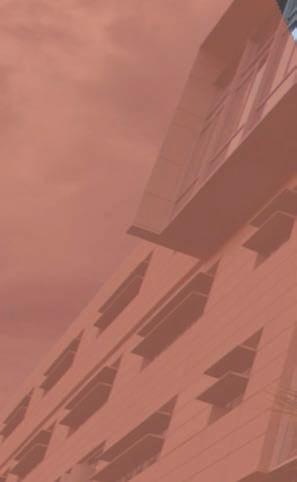


















Strategy Purpose and Mission:


DSU’s best defense against current rapid shifts in economy, globalization, and technology, is to become more aggressively innovative. This strategy proposes:

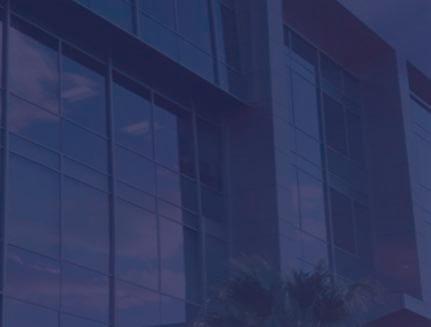


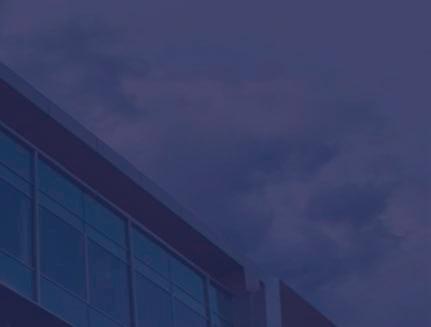

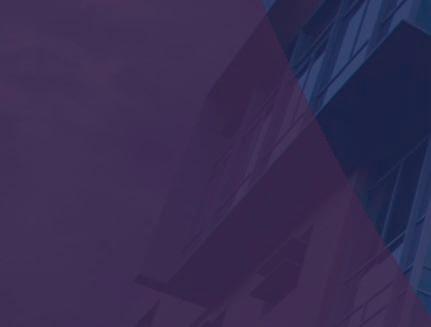
• campus-wide innovation initiatives that inculcate a culture of innovation for every division of DSU

• a laboratory-like pedagogical setting (CAIL) to facilitate fluid communication, “blue-sky” thinking, and pilot testing among programs forming the nexus of institutional evaluation, innovation, and deployment of methods and programs.
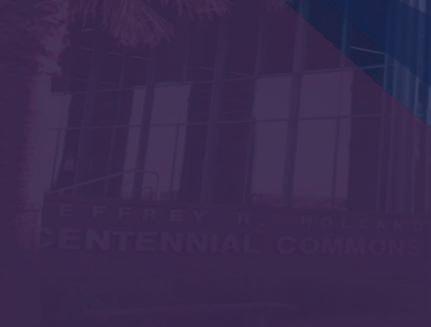




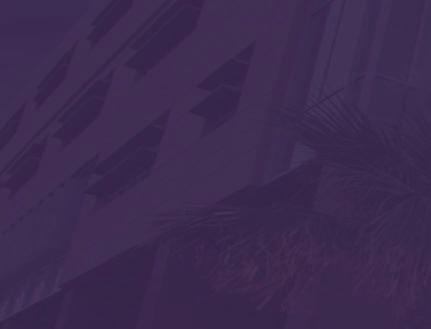
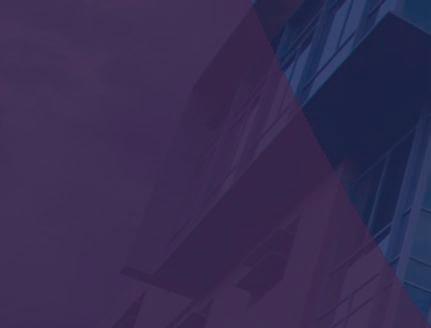
Goal 2, Strategy 2 implementation has, by necessity, adapted to the ever-changing academic opportunities and restraints inherent to DSU’s development as University.


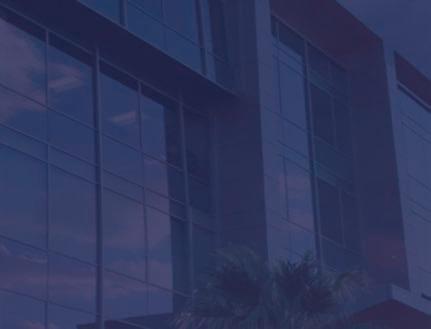

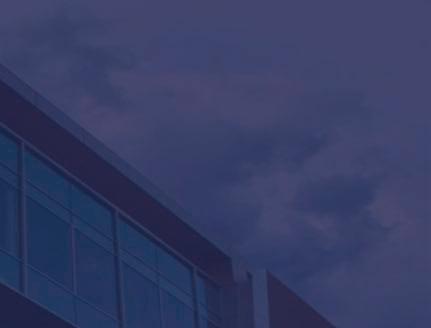







Implementing a strategy of this scope, one which cuts across numerous divisions, requires adaptive and flexible approaches.
It nonetheless, stands poised for robust implementation in 2017/2018, and has maintained its primary purpose of meeting 21st century demands of innovation in higher education.

All benchmarks are progressing according to schedule, although some alterations have been made:







Notable Strategy Changes:
• shift from a College framework to a Center as a stepping stone to a college


• proliferate innovation initiatives broadly across campus, in, for example, General Education reform, development of Institutional Learning Outcomes, and Innovation Plaza planning
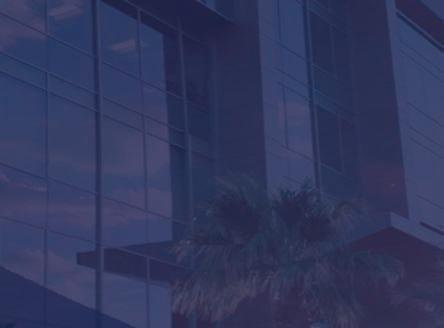


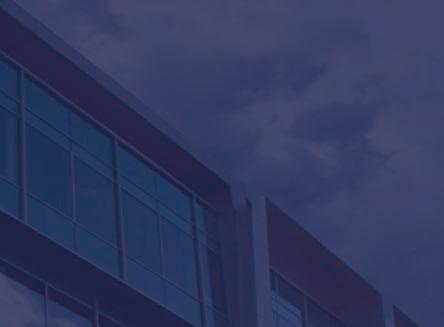






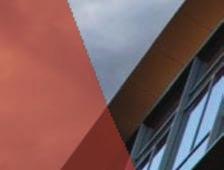









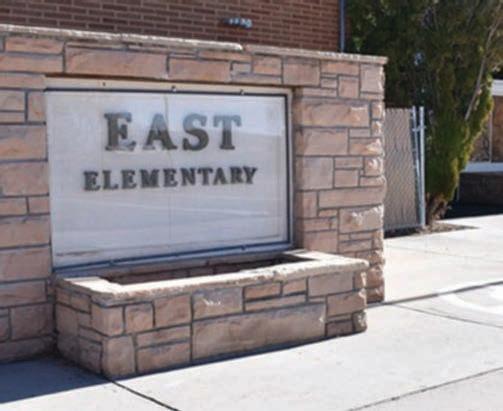











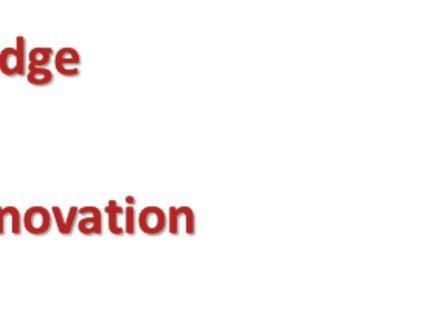



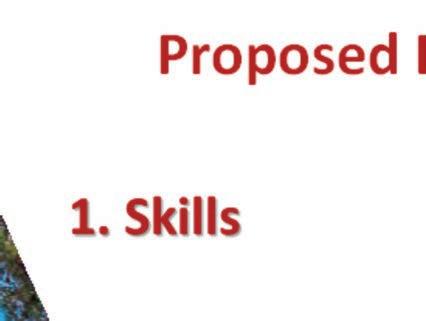















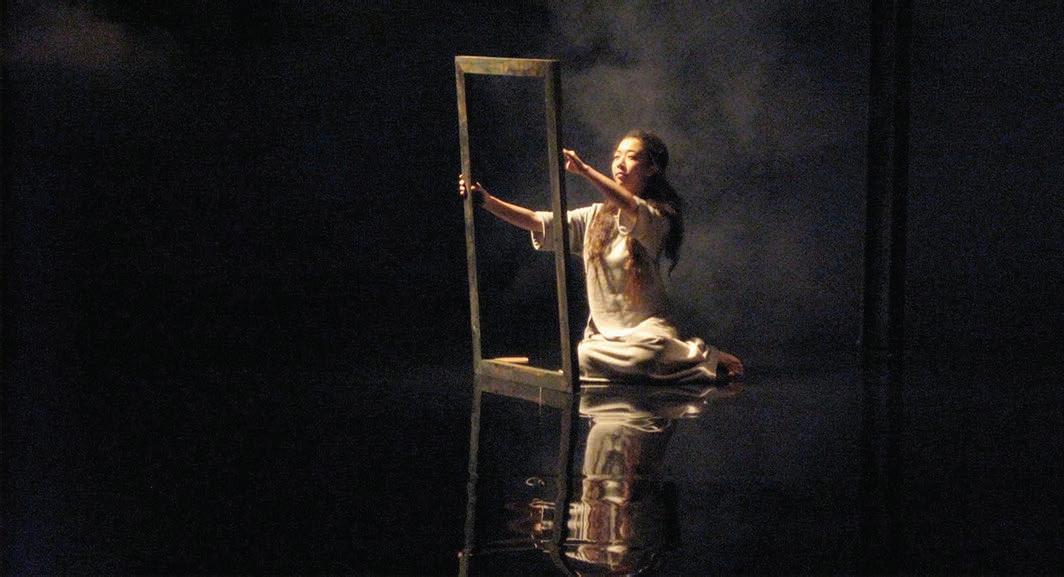

















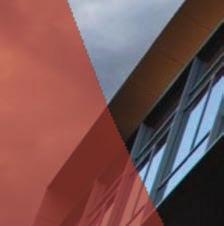


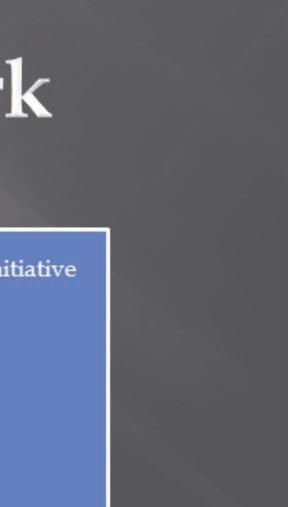

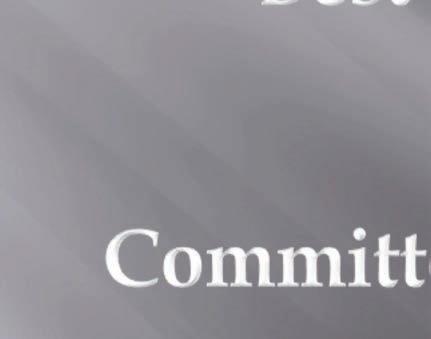
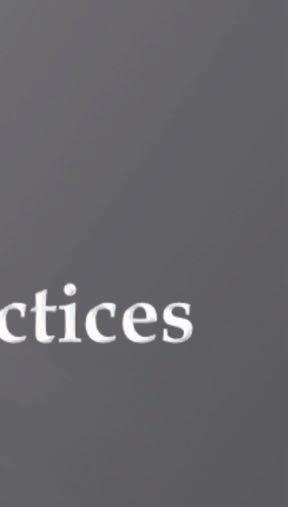












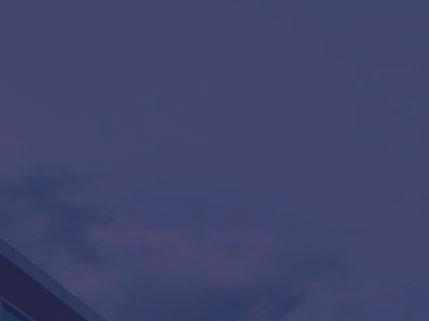








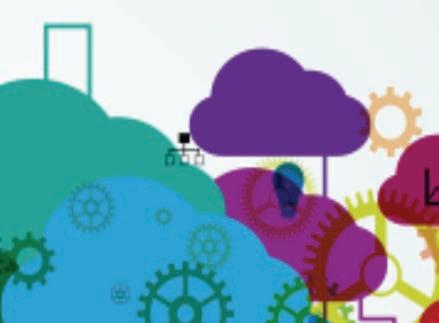
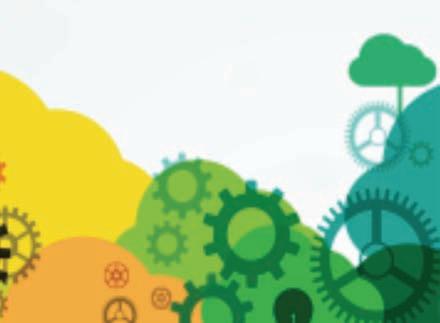
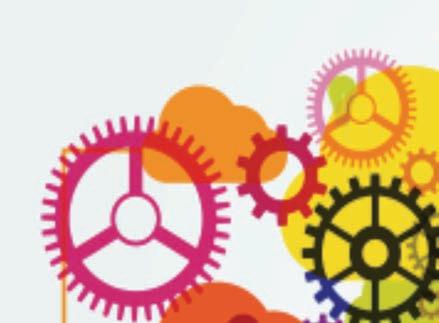







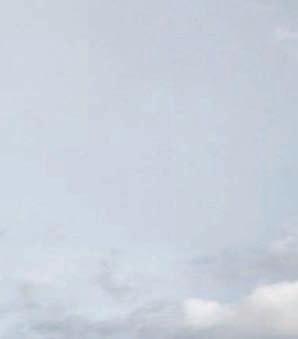

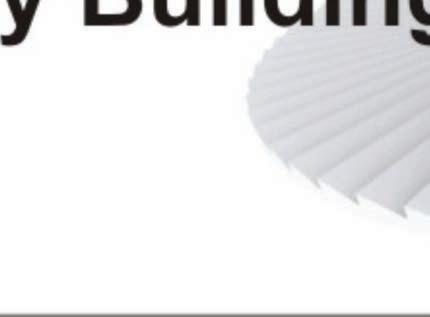
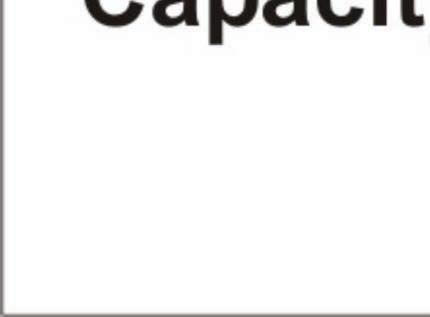

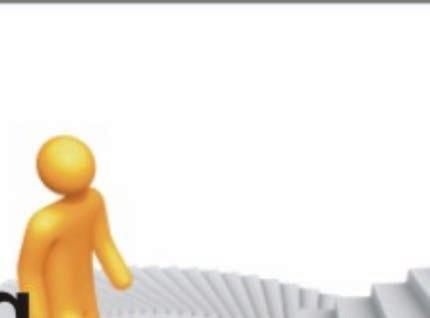













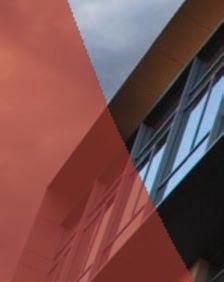












April 18, 2017


Goal # 2 Strategy # 3


Problem: 'E '+&53/#B&G3:$>D&$>& .>%$>3&%3/#>$>4&

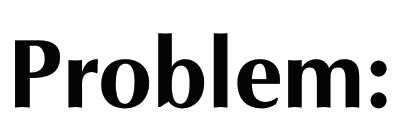







Problem:




*E U@%2@#3&.?&23/<:$>4&/>D&%3/#>$>4&D.3B&>.2& <.L"%323%5&/%$4>&I$2:&.@#&L.V.&.?&/<=W3& %3/#>$>4E&/<=W3&%$?3&
























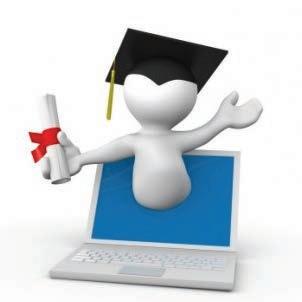




6E&S+X&?/<@%25&@B$>4&


"#3D.L$>/23%5& /<=W3&%3/#>$>4&

23/<:$>4&



B2#/234$3B&



'E ZB2/G%$B:3D&[[\)& :$#3D&[$#3<2.#]

^5/>&_.GGB)&/>D&



D3W3%."3D&B2#/234$<& "%/>&








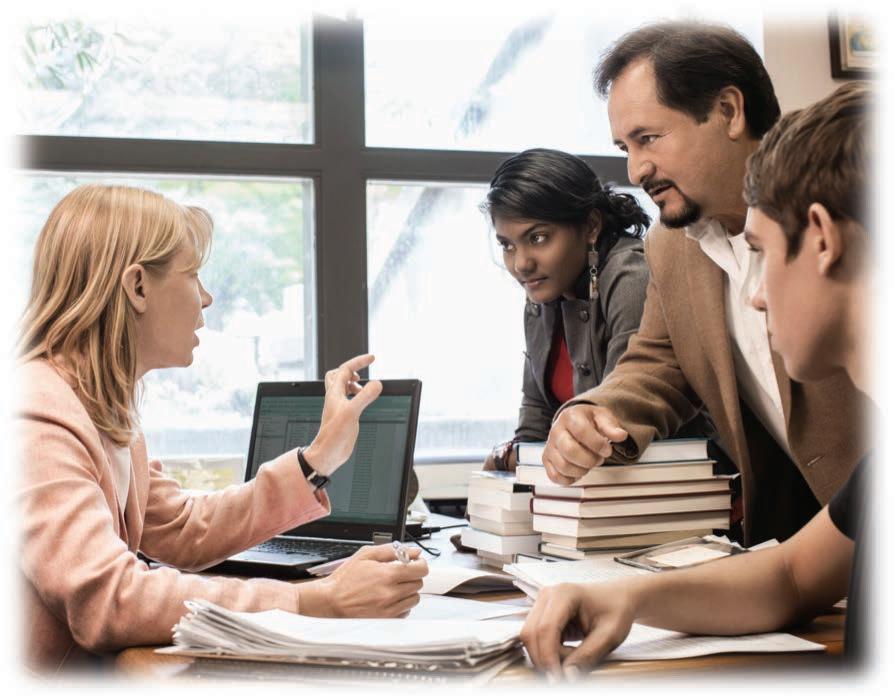












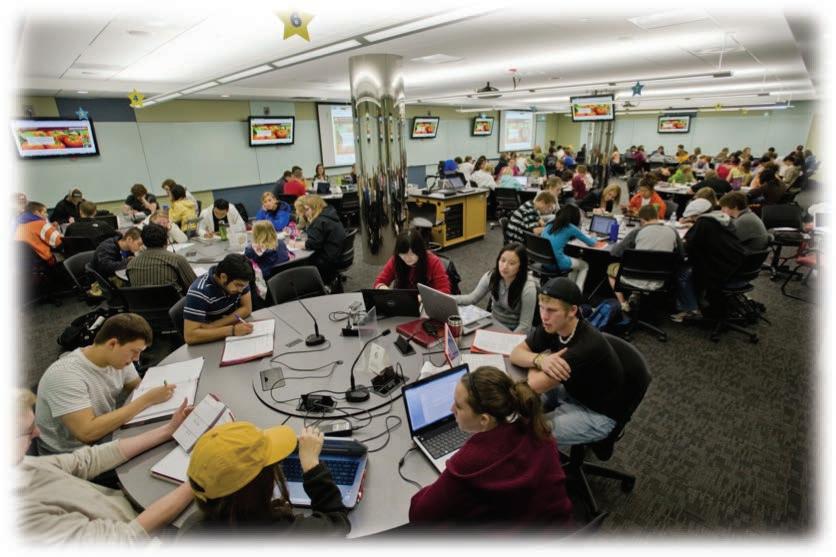

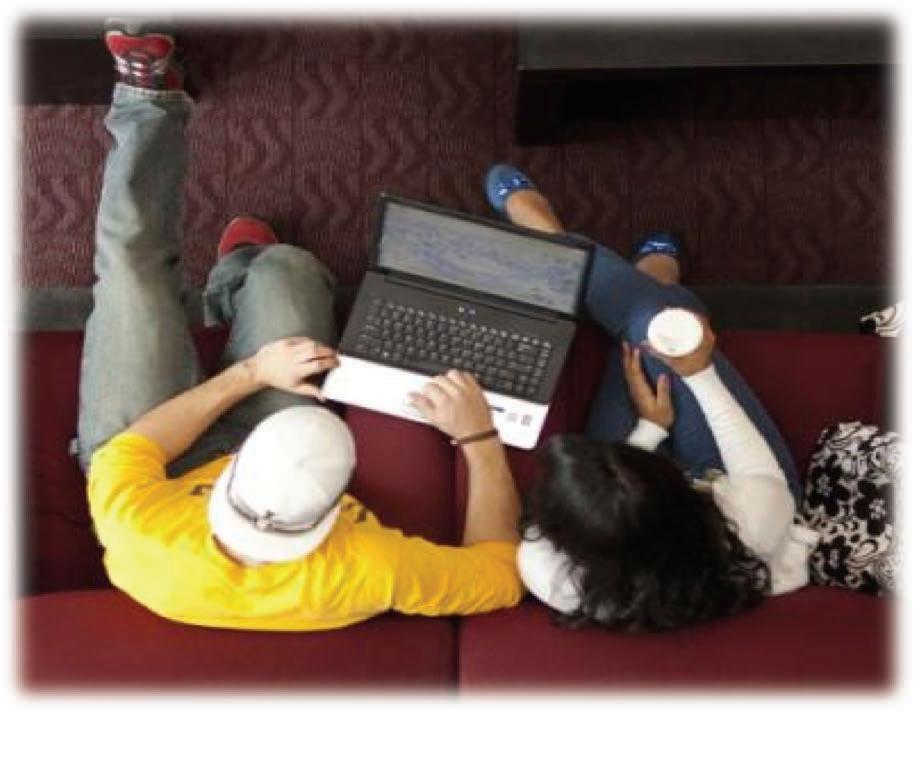










*E a$%.2&/>D&$L"%3L3>2& .>%$>3&23/<:$>4& <3#=T</23&"#.4#/L&&







6E a#.2.25"3&$>>.W/=W3& %3/#>$>4&L.D3%B&2.& %3/"&?#.4`D$Y3#3>=/23& [1b&?#.L&.2:3#&










@>$W3#B$=3B&


7E [3W3%."&$><3>=W3&c& %3/#>$>4&"#.4#/L&?.#& ?/<@%25&@B$>4&/&L$<#.J



<#3D3>=/%$>4&QD$4$2/%& G/D4$>4R&"#.4#/LJJ

/I/#D&/<=W3&%3/#>$>4& 23/<:$>4&<.L"323><$3B&&




d/<@%25&K><3>=W3&c&%3/#>$>4&"#.4#/L]6&H35&"/#2B&

'E \3/#>&1H$%%B&W$/&.>%$>3&
<.@#B3B&/>D&d*d&2#/$>$>4&
*E [3L.>B2#/23&c&!<<3BB&
<.L"323><$3B]D$4$2/%& G/D43B&


6E 1:/#3&Q>32I.#HR&/<:$3W3D&
<.L"323><$3B&I$2:&.2:3#B&














What has your team learned?









What have learned?
What has your team learned?
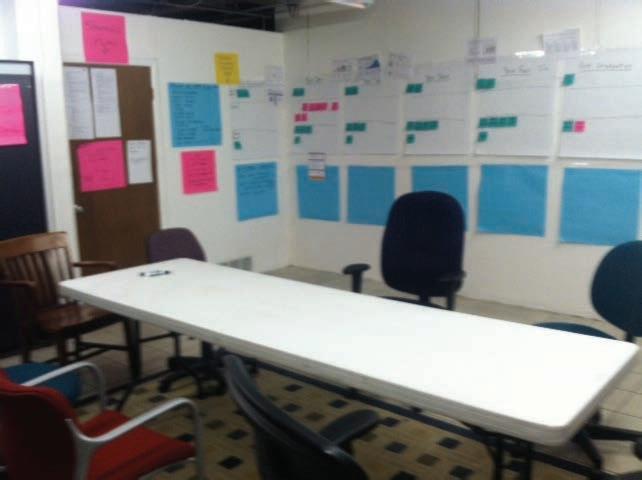

*E&e:3&12@D3>2&1@<<3BB& U.LL$V33f&<#.BBJ D$W$B$.>/%&<.%%/G.#/=.>&





2.&$><#3/B3&B2@D3>2& B@<<3BB]>33D&L.#3&.?&
2:$B&<#.BBJD$W$B$.>/%& <.%%/G.#/=.>&



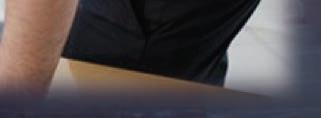
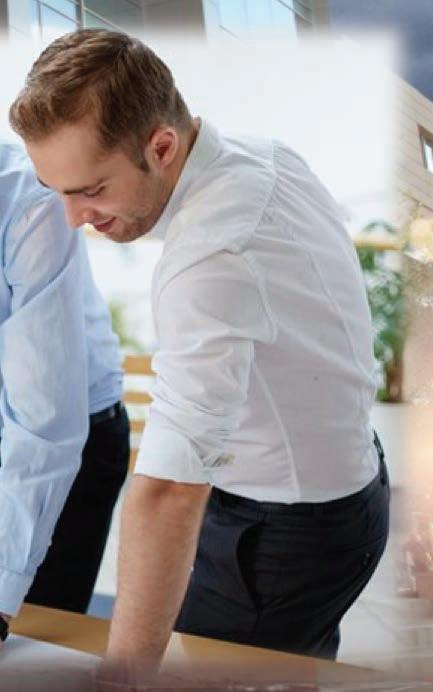












'E g33D&<%/BB#..LB&2:/2& ?/<$%$2/23&/<=W3&%3/#>$>4&





*E g33D&2.&3B2/G%$B:& L3/B@#3/G%3&<.@#B3& %3/#>$>4&.@2<.L3B&2:/2& /BB3BB&B2@D3>2&%3/#>$>4&



Budget Requests
• Request $92,000 to hire contractual instructional designers and pay faculty as courses content experts



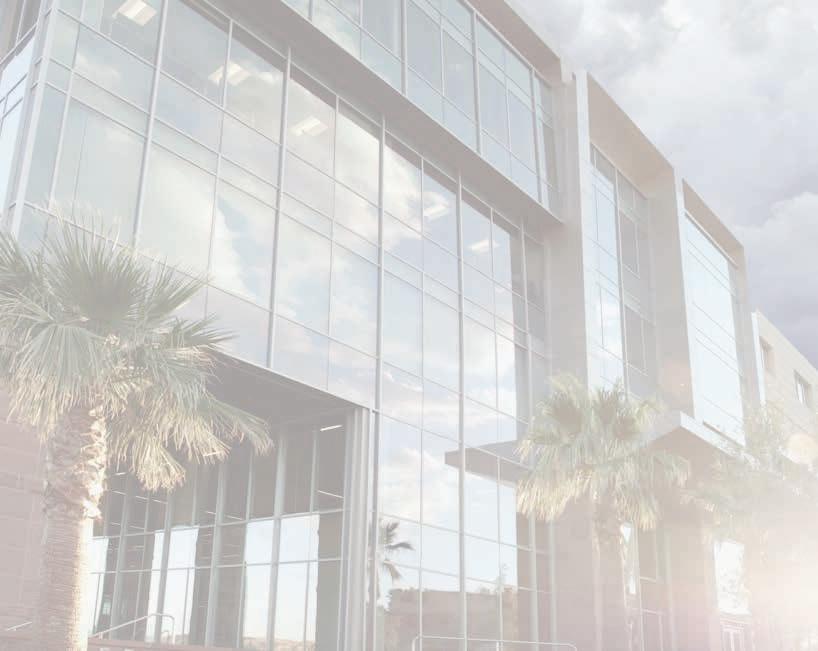









• Request $25,000 for market research for online programs

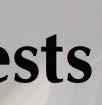
• Request $32,000: Faculty learning and incentive program (digital badges, micro-credentialing) to develop competencies in using active learning teaching strategies





April 18, 2017
Goal # 3







Strategies # 1 & 2

Strategy Overview:
Introduction: Improve total compensation for faculty & staff
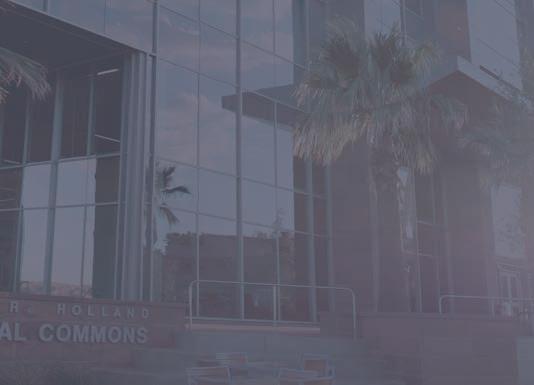
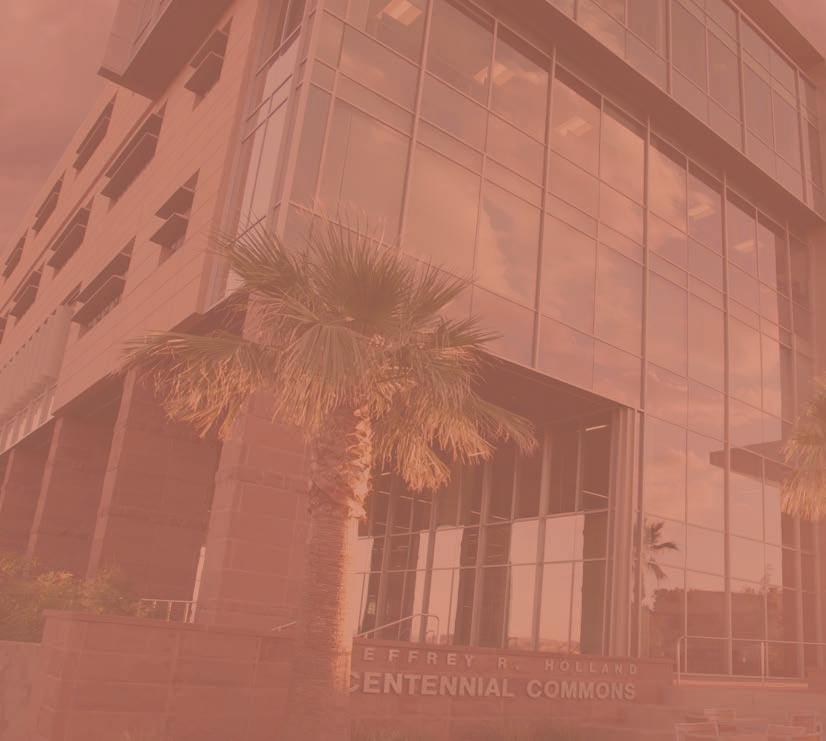
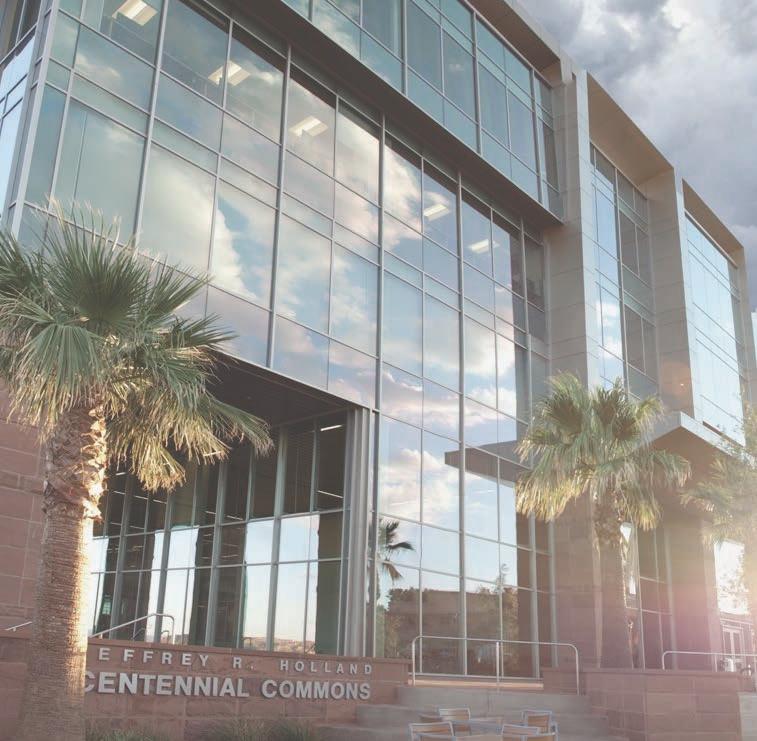



• July 1, 2016 –
Salaries: 1% across the board + market adjustments
• CPI averaged less than 1% during fiscal year
–
Benefits:
• Increases funded by legislature
• New medical & dental plan options
• July 1, 2017 –
Salaries: 2% across the board
• CPI averaged less than 2% during fiscal year
–



Benefits: Increases funded by legislature + RFP yields increased benefits at lower costs to both University and employees


• Bottom line: Lots of progress to report!!

What work was completed this year?

• Implementation of market equity funding on 07/01/2016
–

Market adjustments to more than 67% of staff and 50% of faculty – Moved market average for staff from 93% to 97%


– Moved market average for faculty from 100% to 101%
• Ongoing national compensation analysis



• Staff Job Description overhaul
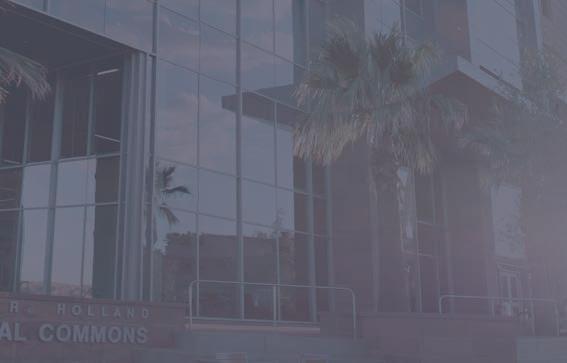





• Benefits RFP + Legislative Funding for Salaries & Benefits

What work is planned for next year?




• Request funding for ongoing salary increases (if available)





• Add variance factor to equity model



• Successful Benefits Open Enrollment 2017








What progress has been made compared to the 2016-17 benchmarks?

Should they be adjusted going forward?

• Market averages moved more than 1-2% – goal achieved












• Positions below 90% market median reduced – Did not meet no positions under 80% due to no 2017-18 funding – Revisit calibration of goal attainment
• Non-retiree voluntary turnover decreased to below 8%goal achieved


What did your team overcome? What still remain?
• Be creative while awaiting funding
Benefits RFP –
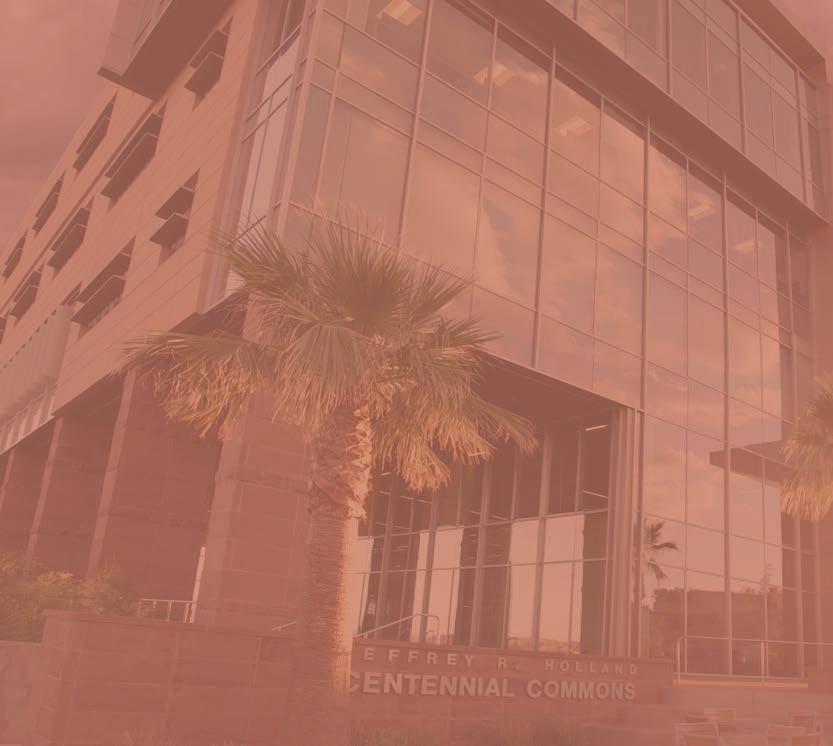





–
Job Description Overhaul

–
Variance Research

– Adjustments through attrition (use existing resources efficiently and effectively)
–



Professional Development + Employee Engagement


• Legislative Session Victories
• Persevere in funding requests (use data, show impact)
What has your team learned?
Key findings and collaboration recommendations?





• Combine Strategy 1 & 2 to better focus efforts on improving total compensation

• Collaboration with other Goal 3 strategy leaders to be effective with available funding



• Research and create processes while awaiting funding –much can be done to ensure smooth implementation when funding is given




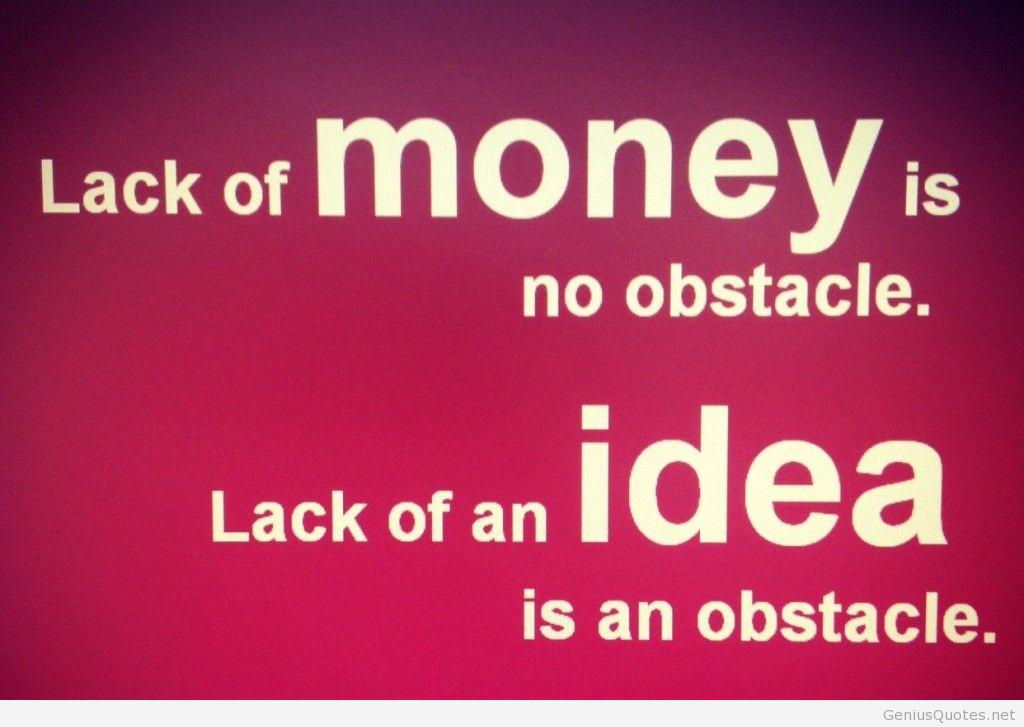


















April 18, 2017
Goal # 3







Strategy # 3

Strategy Overview:


Introduction: Improve hiring and retention procedures


• New Hiring Policy & Procedures

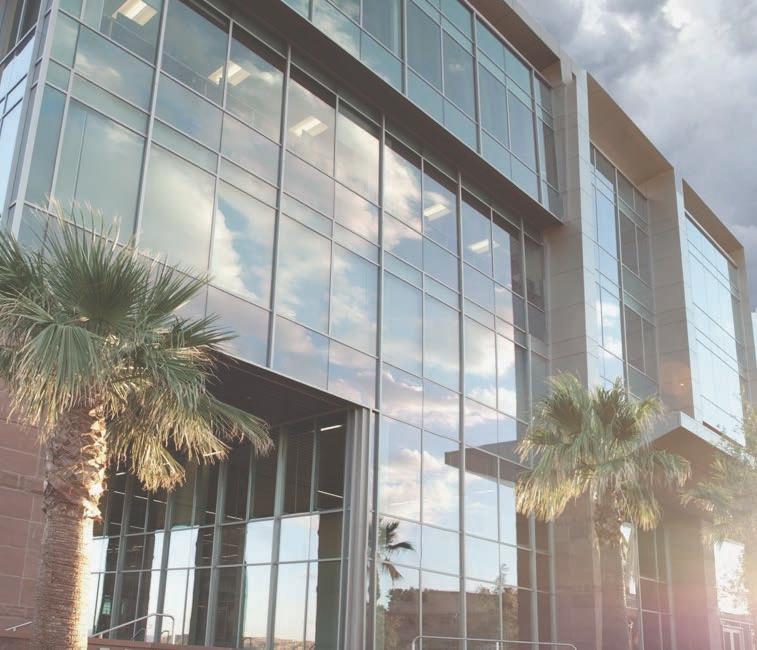





• Updated advertising resources





• Updated HR Forms
• New Hire Survey

What work was completed this year?

• Updated Hiring Policy, Procedures, and Advertising
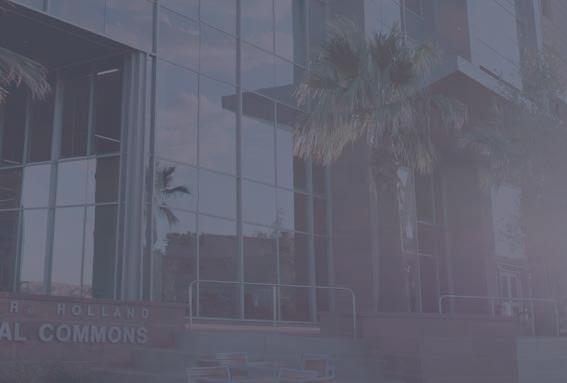



– Focus Group Summer 2016
–
Revisions vetted with stakeholders Fall 2016


– Policy & Procedures approved November 2016
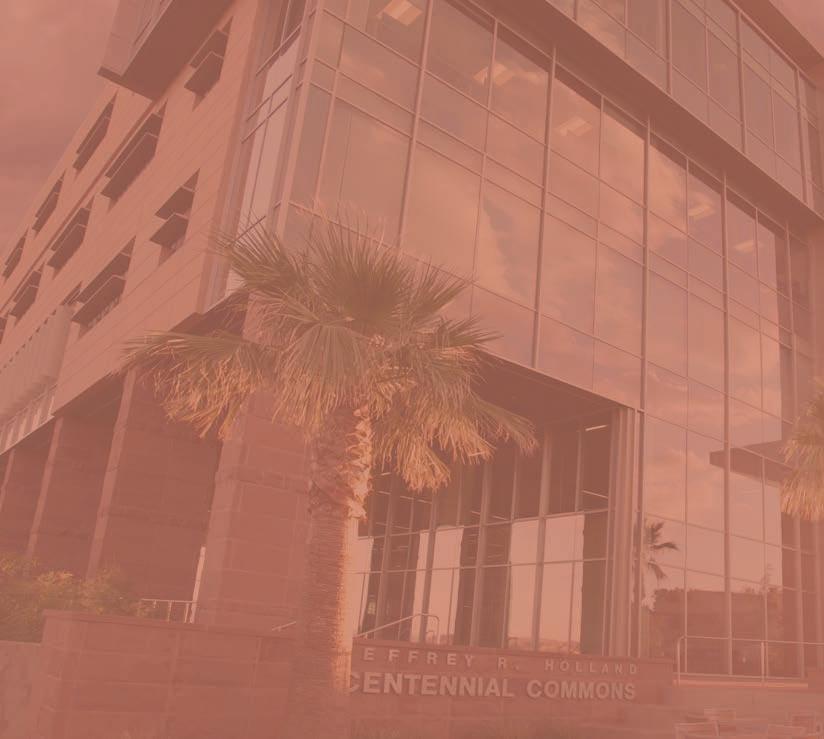
• Updated HR forms
– Electronic I-9


– Online DSU Application



–

Part-time Assignment Form
• Formal new hire survey created and sent out Spring 2017
What work is planned for next year?


• Automate new hire survey
• Utilize EPAFs and automate new hire forms process



• Implement a more robust staff mentor program – Partnership with Staff Association
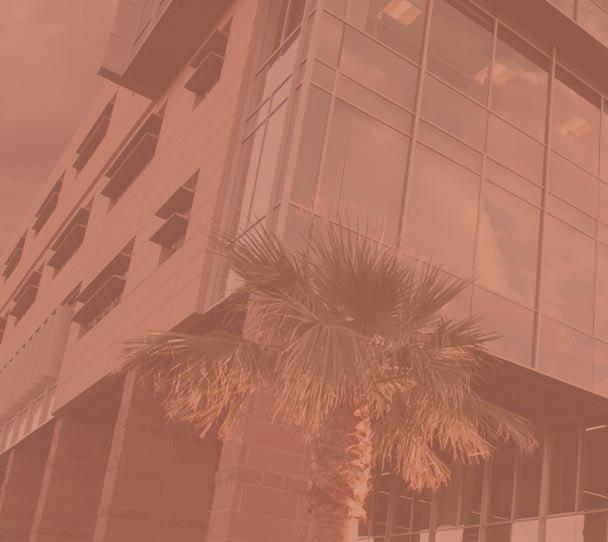














What progress has been made compared to the 2016-17 benchmarks?
Should they be adjusted going forward?


• 85% of faculty & staff hired in appropriate cycle – on track to meet





• 65% of new hire searches successful – will meet; has averaged around 90% for FY16 + FY17 thru 3/31/17
• 10% racially and ethnically diverse full-time faculty & staff – benchmark moved to Goal 4, Strategy 4







and Hurdles: What did your team overcome? What still remain?

• Creating centralized advertising budget




• Delay on EPAF implementation due to DOL regulations

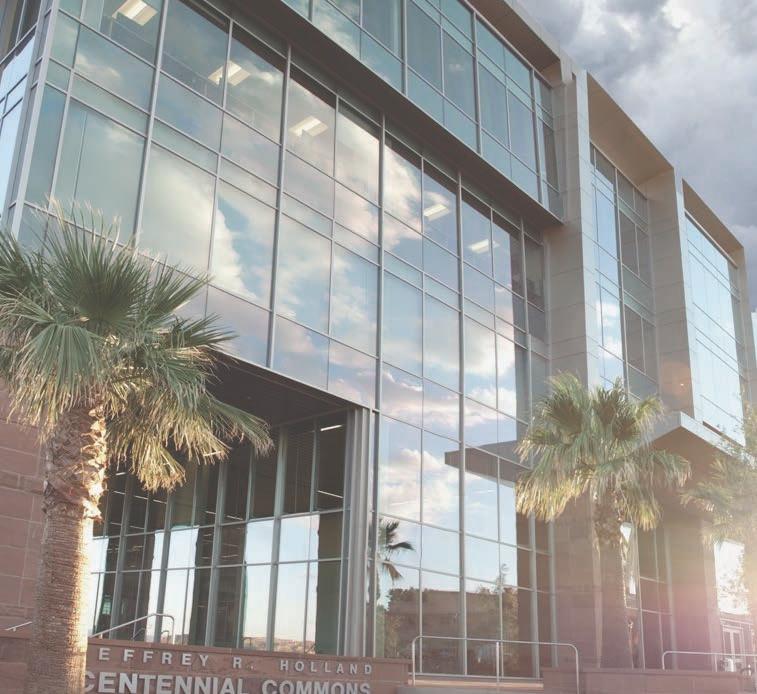





• Create good balance between need and appropriate faculty hiring cycle
• Overcome search committee disengagement

What has your team learned?
Key findings and collaboration recommendations?

• There were inconsistencies and deficiencies in our hiring and retention policy and procedures. HR has attempted to address these.




• Collaborate with Goal 4, Strategy 4 on diversity in the hiring process

• Will continue to work on improving procedures through feedback from new hires and search committees
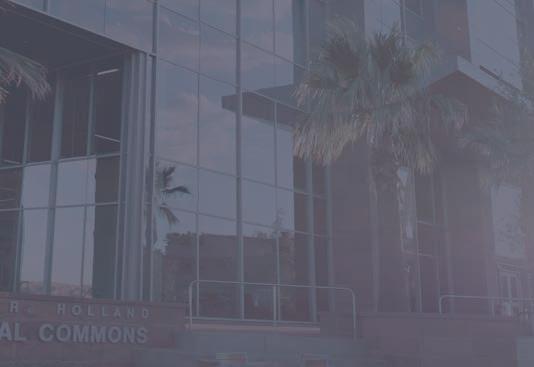





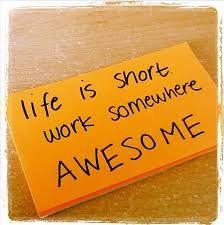
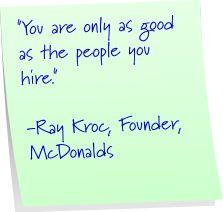

























Strategy Overview:
Introduction:




• We have had a productive year.
• Staff are excited about professional development and doing a great job of expanding their opportunities locally.
• Faculty continue to use the funds already established.





• Faculty and Staff working together to learn and grow – Staff teaching at faculty workshops
– Faculty teaching at staff workshops











What work was completed this year?

• Staff professional development
18 applications (27 individuals) = $19,353 – Applied for –
–
14 applications (21 individuals) = $15,000 – Awarded

• Faculty professional development



100 applicants = $140,000 – Applied for –





–
84 applicants = $117,540 – Awarded
• Faculty/Staff tuition Waivers


–
$515,000 for Fiscal Year 2017 (Projected)
–



$454,000 average for 5 years
• Professional Development Day

What work is planned for next year?


• Increase funding to faculty and staff development funds










• Work with CTL to promote and market use of local workshops we have






What progress has been made compared to the 2016-17 benchmarks?
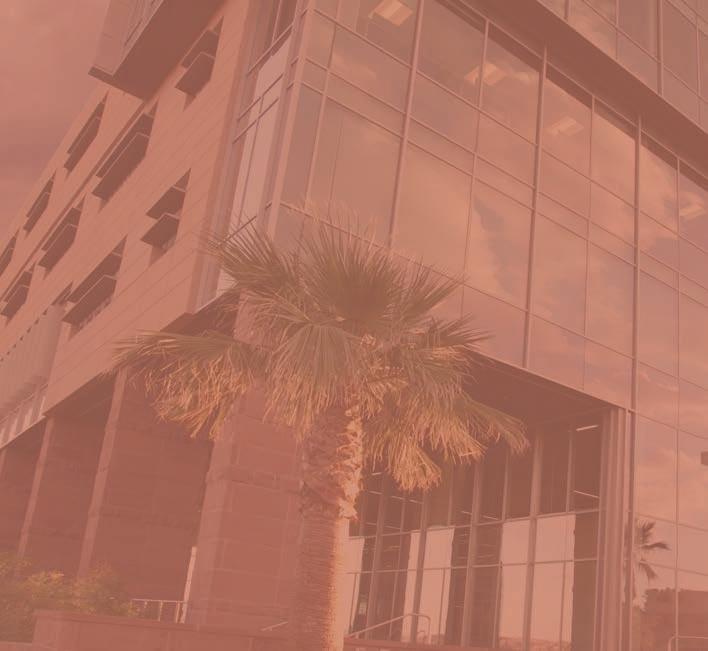
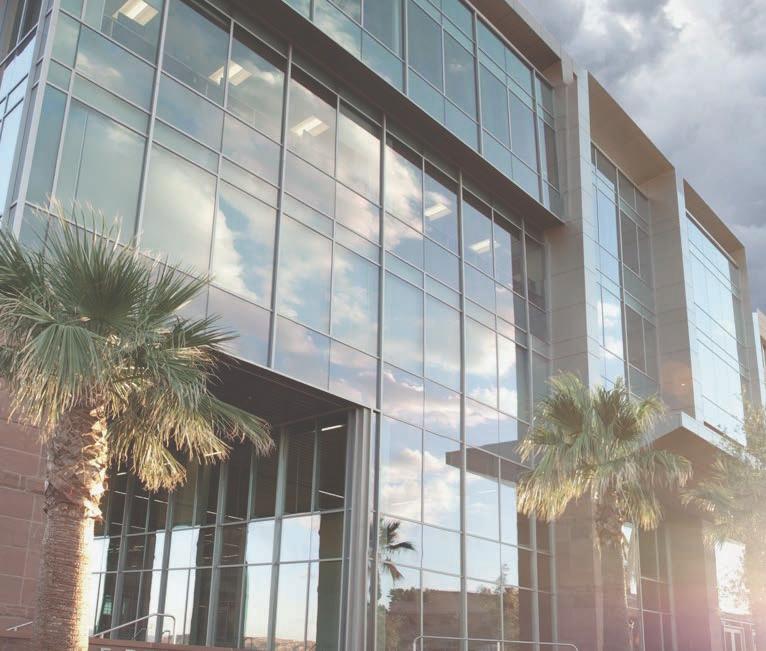

Should they be adjusted going forward?




• We are achieving our benchmarks set and adjustment is not necessary










and Hurdles: What did your team overcome? What still remain?

• Biggest hurdle we encountered as a group was time.
• Need to create a monitoring system by delegation to report better on the use.









• This will be fixed through better organization and utilization of our committee.







What has your team learned?
Key findings and collaboration recommendations?




• We were able to create a strategy early that would accomplish our goal.
• Especially staff have done a great job in rallying around professional development and creating opportunities locally to help meet the needs of the staff.

• Faculty continue to participate at a high rate and attend local, regional and national conferences










• Monitoring those who use the funds and encouraging them to return and share their increased knowledge



• !"#$%&'()&*+',&










• -./%&0&6&
• 12#/2345&08&
Strategy Overview:
Introduction:





• Dixie State University participated in (Spring 2014) the “Great Colleges to Work For” survey.






• The survey is used by more than 300 institutions of higher education.


• It is run by the Chronicle of Higher Education in conjunction with ModernThink.


• By participating in a national climate survey, DSU compares current institutional culture to results of previous surveys and other institutions and institutional sets across the nation.






What work was completed this year?



• We customized the survey and purchased extra reporting measures (self-service reporting).

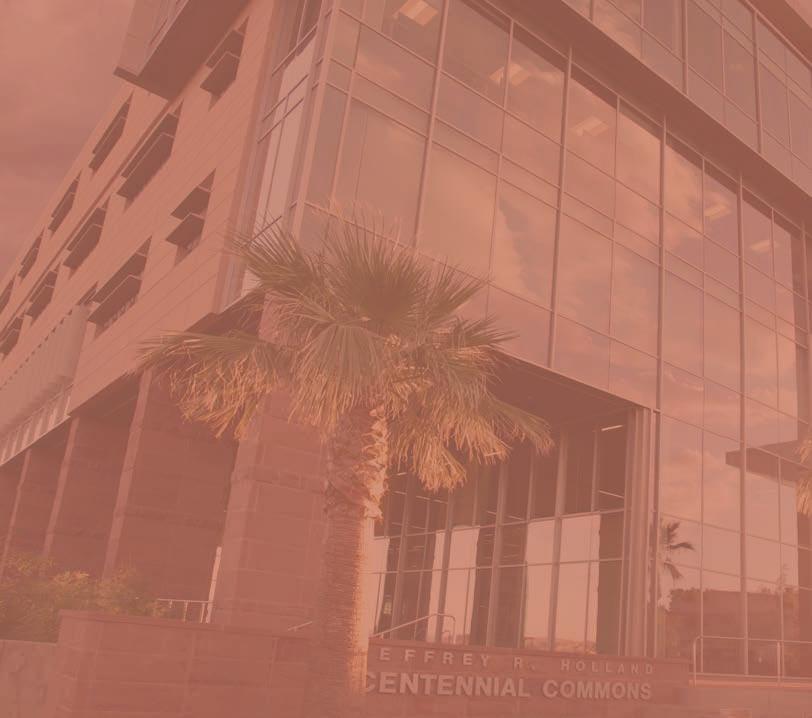




• The marketing plan was set to highlight changes made in each of the Great Colleges sub-categories. To accomplish this goal, we met with many areas across campus to discuss what changes had been made or were in the process of being made since the last survey (Spring 2014). This is called a stoplight report.
• The marketing plan also included emails through Dixie Announce to highlight the stoplight report and encourage employees to take the survey.





What work is planned for next year?







• In May the committee will meet to review the survey response rate and assess what went well or what can be improved when we offer the survey again in 3 years.




• Over the summer and in early Fall I will analyze and distribute the survey results. This will happen in committees and councils across campus, as well as be published online.

• Next year the committee will meet and make commendations and recommendations to improve campus climate.











What progress has been made compared to the 2016-17 benchmarks?




Should they be adjusted going forward?




• Still unknown at this point










What did your team overcome? What still remain?



• Limited faculty participation (due to schedule conflicts)

• Putting together the stoplight report in a short amount of time






What has your team learned?
Key findings and collaboration recommendations?














• So much change in 3 years (hard to remember and document)
• Part-time (adjunct faculty and non-exempt staff) participation rates - low














Strategy Overview:
Introduction:


• Provide accessible and equitable educational opportunities

• Increase resources for minority and underrepresented students and DSU employees;



• Centralizing and making related services and resources more visible.















What work was completed this year?

• Native American Student Recruitment – AISES, SIPI , and Dine College

• African American Student Recruitment – Black EXPO : Los Angeles and Oakland
• Hispanic Student Recruitment: – SACNAS
• Increased visibility efforts, campus-wide: – Assist the MIC with diversity and inclusion efforts.
–
UWHEN events and meetings
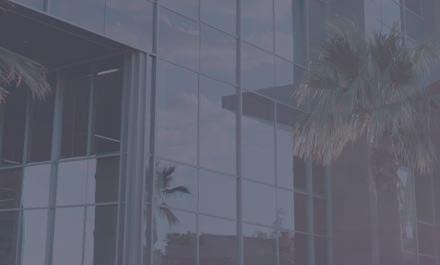


– Implement the Equity and Inclusion Council

–


New university-wide needs and climate assessment

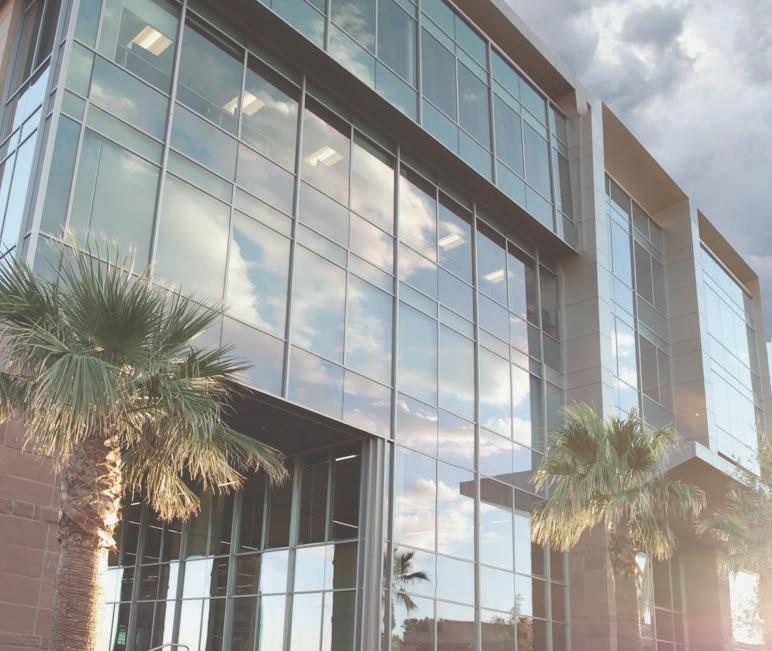




What work is planned for next year?
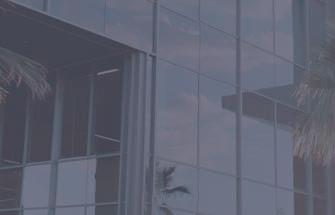







U#3/23&/>&Zi@$25&/>D&K><%@B$.>&U.@><$%&2.&/DD#3BB&D$W3#B$25& $BB@3B)&<#3/23&/<=.>&"%/>B&2.&"#.L.23&W$B$G$%$25)&3><.@#/43&/& "#./<=W3&3>W$#.>L3>2&2.&$><#3/B3&."".#2@>$=3B&?.#&D$W3#B$25& />D&$><%@B$.>E&








Plans: What work is planned for next year?






• KL"%3L3>2&/&@>$W3#B$25JI$D3&>33DB&/>D&<%$L/23&/BB3BBL3>2&&









• U#3/23&/&D$W3#B$25Ń>=.>&"%/>&?.#&L$>.#$25&/>D& @>D3##3"#3B3>23D&B2@D3>2B)&?/<@%25)&/>D&B2/YE&&
• ^3W$B3&D$W3#B3&B2@D3>2<#@$2L3>2&"#.<3D@#3B&/>D&?.<@B&.>& 2/#4323D<#@$=>4&3Y.#2B&2:/2&I.#H&$>&2/>D3L&I$2:&2:3& D$W3#B$25Ń>=.>&3Y.#2BE&















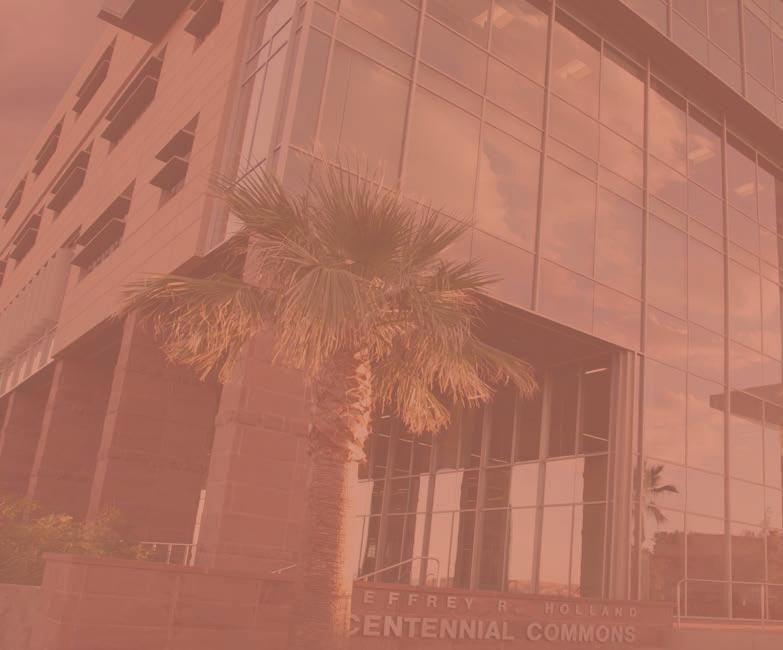

What did your team overcome? What still remain?

• I have received resistance with the implementation of this goal.







• This resistance enforces the need to empower the CDO with the ability to implement a culture of accountability and for senior management support

• The need to create an Equity and Inclusion
• Council and a university-wide needs and climate assessment.






































• !"#$%&'()&*+',&







• -./%&07&
• 12#/2345&0*&









Introduction: Improve intercultural competence by providing yearly workshops and trainings with a goal of 100 percent faculty, staff, and administrator participation by Fall 2019.




• By Fall 2016, at least fifteen cultural programs or activities are sponsored each academic year.







• Employees’ sense of validation, belonging, and personal/ professional safety, as measured with a climate survey, improves each year.



• There has been an increase in courses that address diversity, equity, and inclusion in meaningful ways.



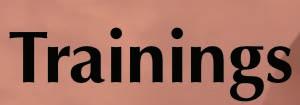
l 1/?3U.%%343B&A/>D/2.#5&e#/$>$>4&?.#&'++X&.?& @>$W3#B$25&3L"%.533BE&

l 9.#HB:."&J&ma#3W3>=>4&A$<#./44#3BB$.>Bf&
K>23>2&WBE&KL"/<2n)&K><%@B$W3&Z;<3%%3><3&
U.>?3#3><3)&13"23LG3#&*+'S&

l 9.#HB:."&J&m!BB3BB$>4)&!DD#3BB$>4&/>D&b=%$o$>4& [$W3#B$25n)&12/Y&[3W3%."L3>2&e@3BD/5)&



g.W3LG3#&*+'S&
l [$W3#B$25&!DW.</23&e#/$>$>4&Q_^&/>D&AKUR)& d3G#@/#5&*+',&





l 1/?3&p.>3&e#/$>$>4)&\-heq&^3B.@#<3&U3>23#)&






A/#<:&*+',& l ^.@>D2/G%3&[$B<@BB$.>&J&mZ>4/4$>4&A@%=<@%2@#/%& 12@D3>2Bn)&U3>23#&?.#&e3/<:$>4&/>D&\3/#>$>4&
U.>?3#3><3)&!"#$%&*+',&


• U.JU@##$<@%/#&a#.4#/LB&
*+&U/L"@B&ZW3>2B&2:/2& /DD#3BB3D&D$W3#B$25&

/>D&$><%@B$.>&$>& L3/>$>4?@%&I/5B&


What work is planned for next year?



• Collaboration between the Student Inclusion subdivision in Student Affairs and the Center for Teaching and Learning


• Year-long course and badging system










• Improving competency and advocacy regarding students of color, students with disabilities, internaitonal, veteran, LGBTQ and other underserved students.





What progress has been made compared to the 2016-17 benchmarks?
Should they be adjusted going forward?


• 15 cultural events/year has been met.


• Success of improving employee sense of belonging is unknown
• A baseline assessment that indicates campus climate for minority faculty and staff is critical in order to establish a plan, implement initiatives and assess. This benchmark will be delayed until the climate survey is complete.






• Progress on increasing courses that address diversity and inclusion in meaningful ways is unknown

• Institutional definitions of learning outcomes of diversity and inclusion seem to be development, particularly in GE. This benchmark is in need of a steward.




What has your team learned?
Key findings and collaboration recommendations?








• The creation of a Diversity and Equity Council and its impact on this strategy is critical.

• Climate survey to inform educational and retention initiatives is critical. Any additional efforts should wait until that data is available.


• Representative(s) from Academic Affairs would greatly benefit the curriculum development benchmark.







































Introduction: Goal 4 Strategy 3





Strategy Overview:












• Create and implement a diversity action plan to improve recruitment and retention of diverse students, to foster an inclusive environment.







What work was completed this year?

• Admissions/MIC cross training and collaboration
– Outreach to targeted areas that historically yield minority student populations

• Admissions/MIC cross trained Ambassador Selection
–
Spanish Speaking student

• Translation of Recruitment Materials
–
–
–
Parent Guide (Guia Para Los Padres)
Non-Resident Freshman Guide (Guia para no Residentes)
Resident Freshman Guide (Guia para Residentes)
–




International Guide (Guia Internacional)

• Provided outreach and campus tours for multiple diversity groups such as ESL groups, Native American groups, and many groups from Las Vegas who have majority of minority students.





What work is planned for next year?

• Collaboration with Admissions and MIC on large group tours with high minority student population
• More university materials translated into Spanish






• “Diesta” Event



– A large Hispanic student, parent, prospective student and parent, and community event called the “Diesta” is still in the very early stages of planning. This event would welcome the Hispanic community to come on campus for activities, food, information, and a resource fair.
• Collaboration with the Student Success Center to focus on minority student retention














What progress has been made compared to the 2016-17 benchmarks?
Should they be adjusted going forward?









• Projections for the Fall of 2017 look to meet and exceed the set benchmarks for the percentage of minority students compared to the total student population.









• Full recruitment cycle with targeted minority student initiatives









• Remaining Challenge: – Retention from first year to second year and beyond







What has your team learned?
Key findings and collaboration recommendations?


• Recruitment Initiatives are on pace according to benchmarks.





– We have increased collaboration efforts with the MIC staff



• Retention Initiatives need more focus!

– With the improved Student Success Center, we anticipate retention results to increase





• Increase focus on Hispanic Student population for both recruitment and retention
– More materials in Spanish, more events, more community outreach, more resources on campus for students.




April 18, 2017
Goal # 4







Strategy # 4

Strategy Overview:

Introduction: Improve recruitment & retention of diverse faculty & staff
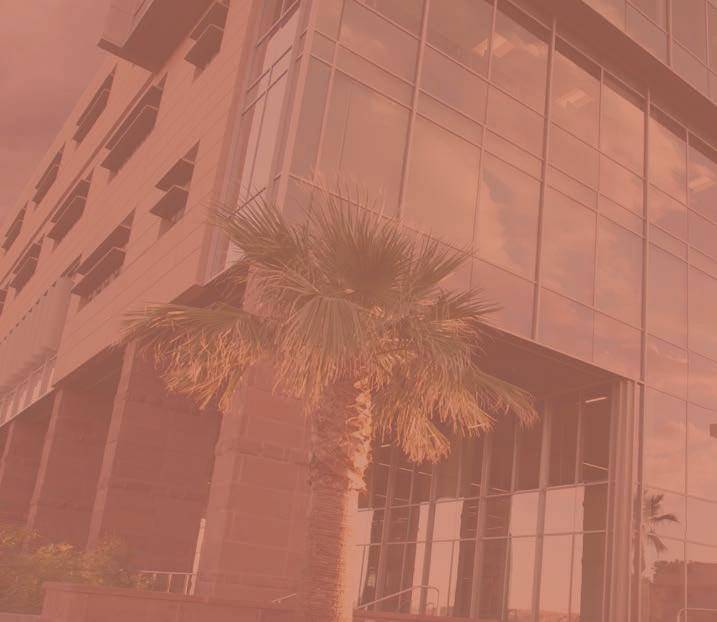






• Targeted Advertising






• Search Committee Training + Diversity Advocates
• Updated Hiring Policies – importance of diversity

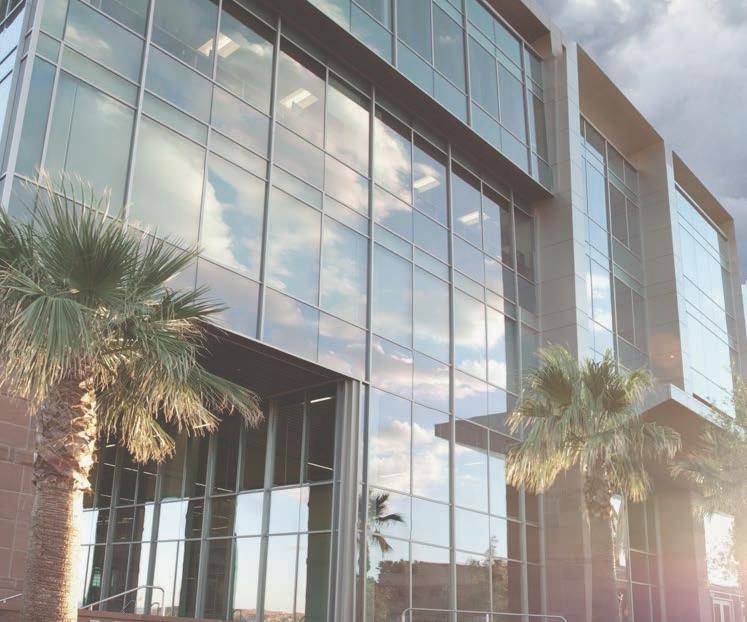


• Partnerships and Collaboration




What work was completed this year?

• Targeted Advertising (comparing FY16 vs. FY17 thru 3/31/17)
– Increase of 6% female applicants; up 4% in minority applicants
–
Increase of 2% female hires; up 4% minority hires
• Trained Diversity Advocates on each full-time search
– Volunteers with training each semester
–




Recognition by President Williams + Search Committees

• Policy 305 now includes language emphasizing importance to diversity in the hiring process






Future Plans: What work is planned for next year?
• Expand partnerships – HERC or similar network




• Request ongoing funding for targeted advertising









• Work with Faculty Senate, Staff Association, and UWHEN on strengthening mentor programs for minority and female employees








What progress has been made compared to the 2016-17 benchmarks?
Should they be adjusted going forward?

• 10% racially and ethnically diverse full-time faculty & staff – goal achieved; 13% as of 3/31/17. Up from 10.7% in March 2016




• 7% administrative positions (Director/Dept Chair & above) filled by minorities – goal achieved; 12% as of 3/31/17. Up from 8% as of March 2016
• 35% administrative positions filled by women – goal not achieved, though close at 31% as of 3/31/17 and increasing (up from 29% in March 2016)
– several searches are still outstanding






What did your team overcome? What still remains?


• Identifying effective targeted advertising and receiving onetime funding was very beneficial

• Interest level with creating a Utah chapter of HERC; other options?






• Creating effective partnerships with existing campus groups to emphasize resources, training, mentorship, and support
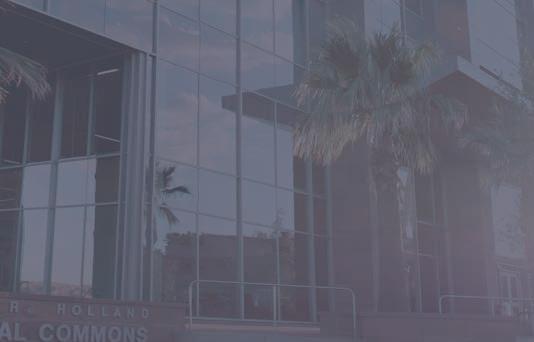
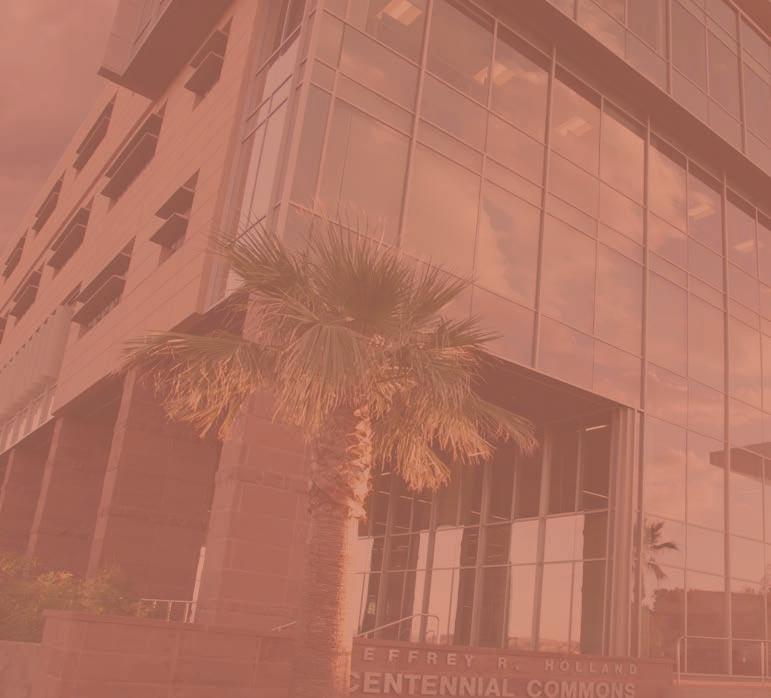
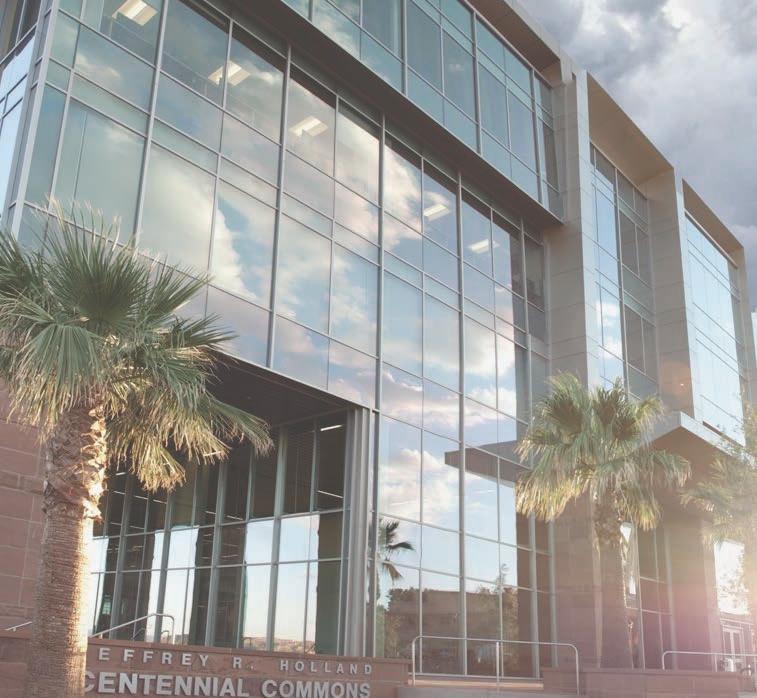


What has your team learned?
Key findings and collaboration recommendations?





• Utilizing resources effectively – targeting advertising and diversity emphasis are working





• Importance of collaboration and involving people

• Creating a positive campus culture that welcomes diverse faculty & staff leads to positive results – ongoing process


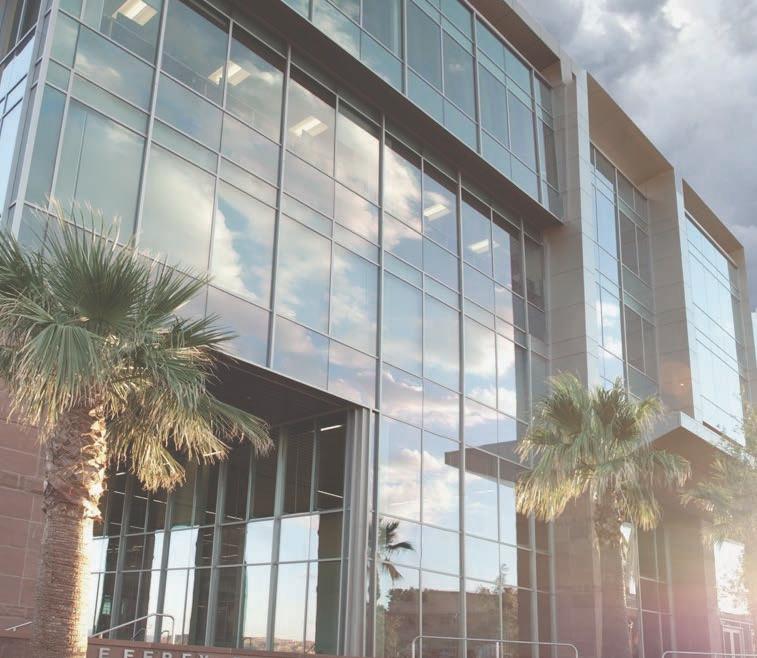


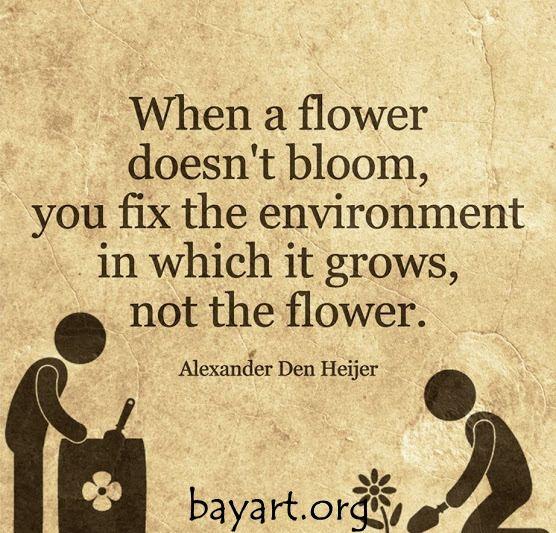




























Introduction:


Z>4/43&I$2:&2:3&1.@2:3#>&b2/:&^34$.>&2.& B2#3>42:3>&<$W$<)&<@%2@#/%)&/>D&3<.>.L$<&%$?3



1. Create a unit for central, coordinated oversight of all university community engagement efforts.


2. Inventory the university’s current efforts in community engagement, service learning, community organization leadership
3. Create rubrics to define academic mentor roles, community engagement, service learning, and leadership with community organizations
4. Continually promote all university efforts related to Dixie State’s positive impact on the community.

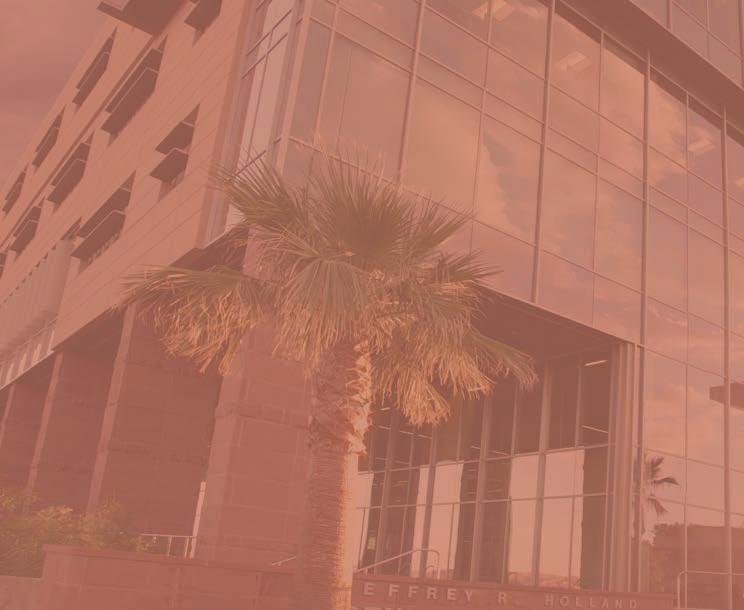




5. Hold an annual Community Engagement Fair to identify and promote academic community engagement, identify mentors, assign mentors and partnerships to individual departments, and place students in community engagement opportunities.



What work was completed this year?


• Established the Community & Global Engagement division with Dr. Nancy Hauck as Associate Provost
• Established the Community Engagement Committee
• Created a Civic Action Plan
• Established the Institute of Politics
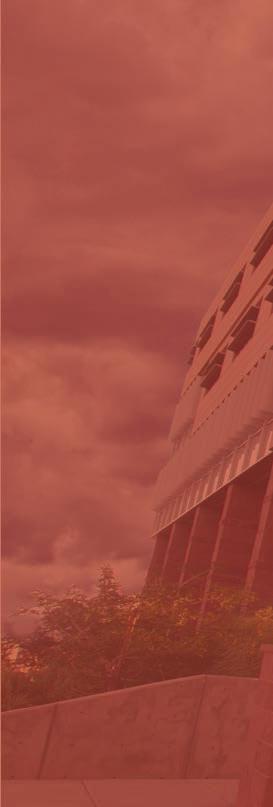

• Held first campus-wide civic engagement event
• Held first annual campus wide faculty engagement event
• The committee identified OrgSync as campus-wide inventorying system

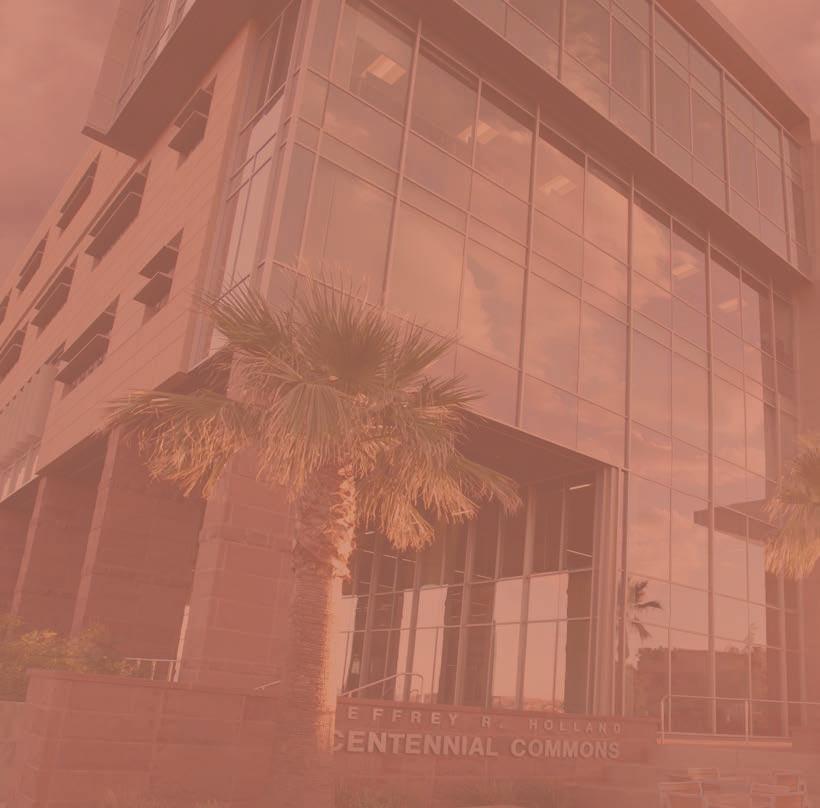
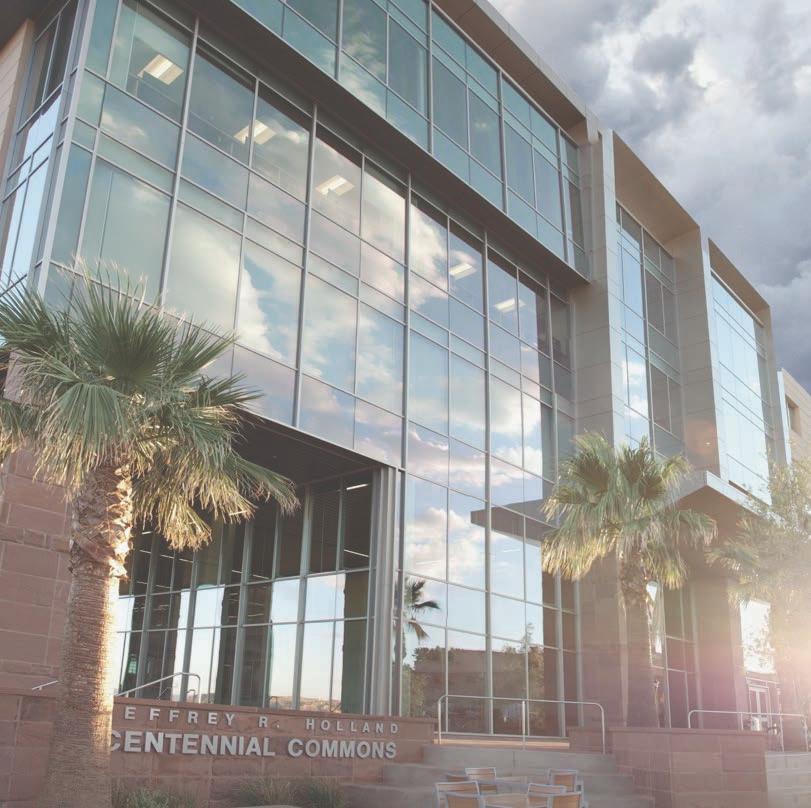


• Hired Community Engagement Volunteer Specialist
• Established a volunteer program and applied for the RSVP Grant.
• Created the webpage for submission of engagement opportunities and sharing of engagement stories





• The Committee created a proposal for a Community Engagement Center and Community Garden for DSU based on stakeholder input

• Used the Carnegie framework to measure current engagement efforts




• Created rubrics to define and measure community engaged learning in five areas, mentor roles and leadership with community organizations
• Established policies to include community engagement in hiring searches and faculty RTP process
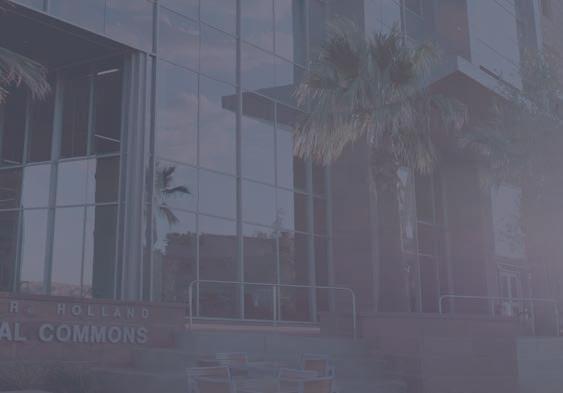
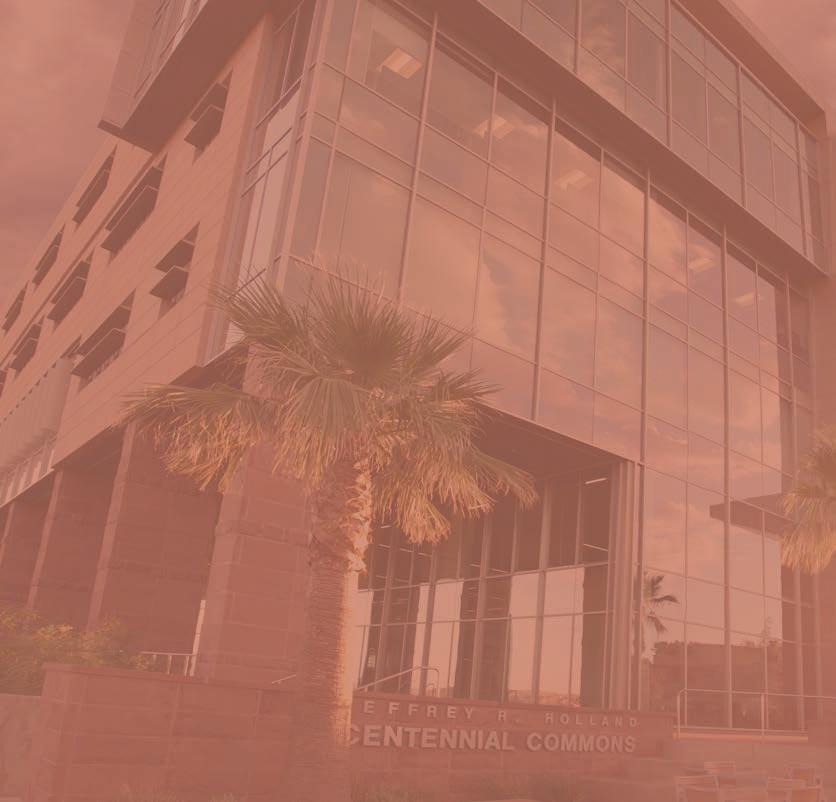




• Dillon McKinney was recognized as the Western Region Community Engaged Student of the Year by Campus Compact in April 2017
• DSU was awarded the Excellence in Community Leadership Award by the Utah Nonprofit Association in April 2017.

What work was completed this year?


Community & Global Engagement Departments and Transformation (Read in report)


• Concurrent Enrollment

• Community Engagement
• Global Engagement
• Career & Technical Education





• The Hurricane Education Center


• Community & Continuing Education


• Institute of Continued Learning
• Community Engagement Committee



Carnegie Classification Progress:
• Created a campus-wide coordinating infrastructure


• Created a systematic campus-wide tracking

• Developed outreach programs for community


• Established system for community engagement to be noted on student transcripts



• Connected community engagement to efforts aimed at student retention and success


• Established procedures for institution to have search/recruitment policies or practices designed specifically to encourage the hiring of faculty with expertise in and commitment to community engagement



• Established institutional level policies for promotion (and tenure at tenure granting campuses) that specifically reward faculty scholarly work that uses communityengaged approaches and methods
• Community engagement emphasized in the marketing materials of the institution
• Made progress in student research, student leadership, study abroad and Coop/ internships
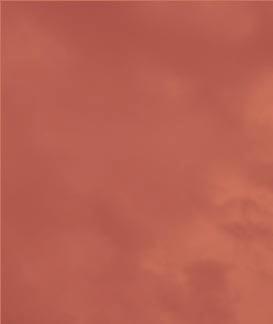
What work is planned for next year?
• Hire a Community Engaged Learning Director
• Formally survey existing engagement and mentoring efforts

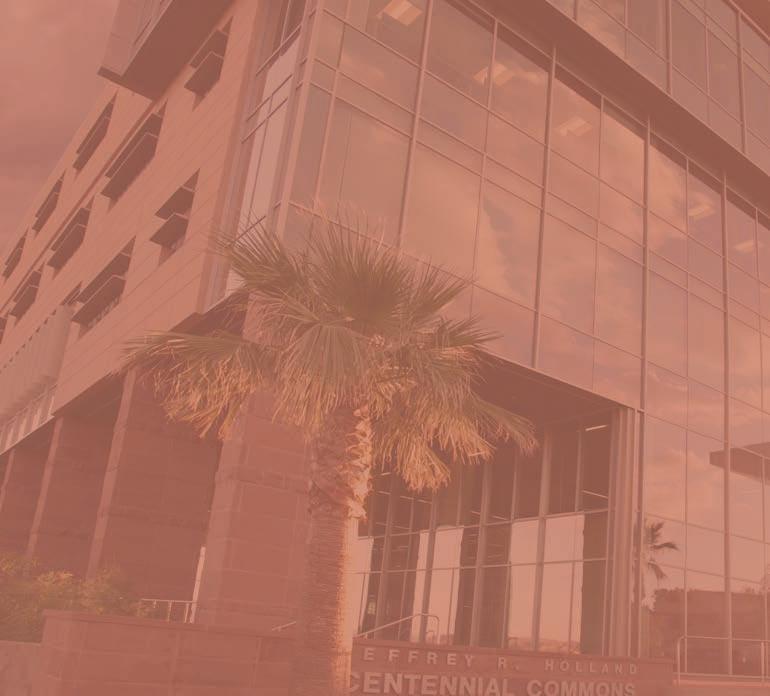









• Have Community Engagement Committee identify criteria that would fulfill the unmet thresholds of engagement in Carnegie framework and make plans for accomplishing the criteria.
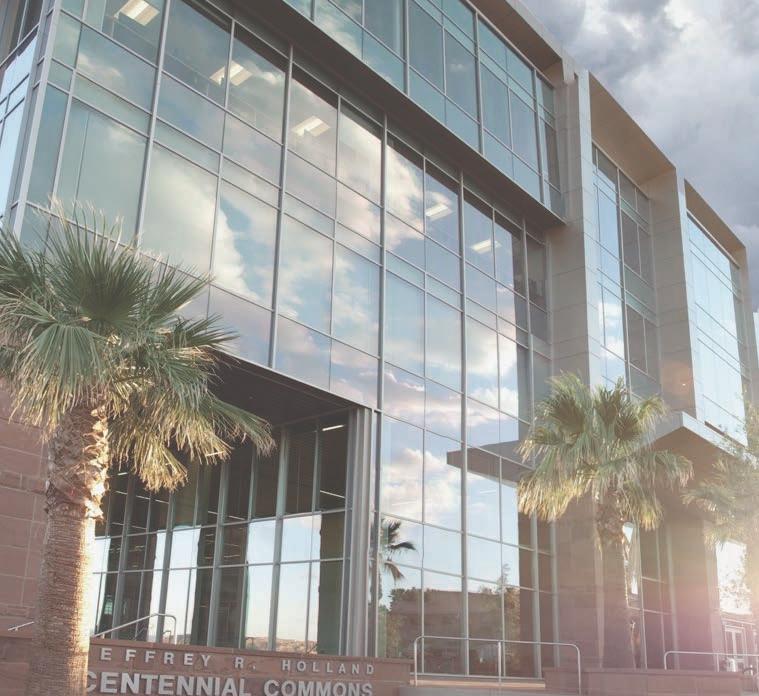

• Tag classes as Community Engaged Learning by using rubrics we established this year.
• Identify a date to hold the 2017 engagement week events



What progress has been made compared to the 2016-17 benchmarks?
Should they be adjusted going forward?


• Unit for central oversight was created and is moving forward rapidly



• Carnegie Classification progress is being made, thresholds were established and goals set to achieve classification







• A culture of engagement and service is formally being created on campus and marketed



• Plans made for implementation of CEL courses and progress toward 50% of students participating in these courses
• We exceeded the goal of 200 mentors of students
• We exceeded the goal of 150,000 of hours of service


What did your team overcome?

• Restructuring the Community Engagement Committee with more appropriate members, including student leaders and representatives from multiple units across campus.
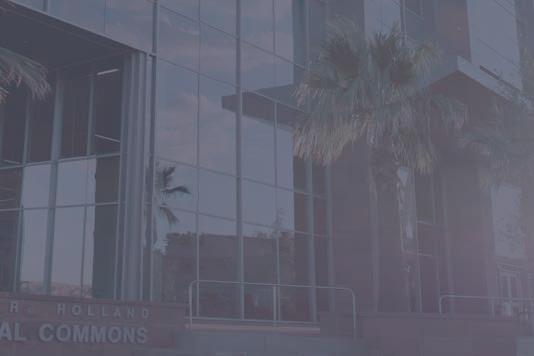

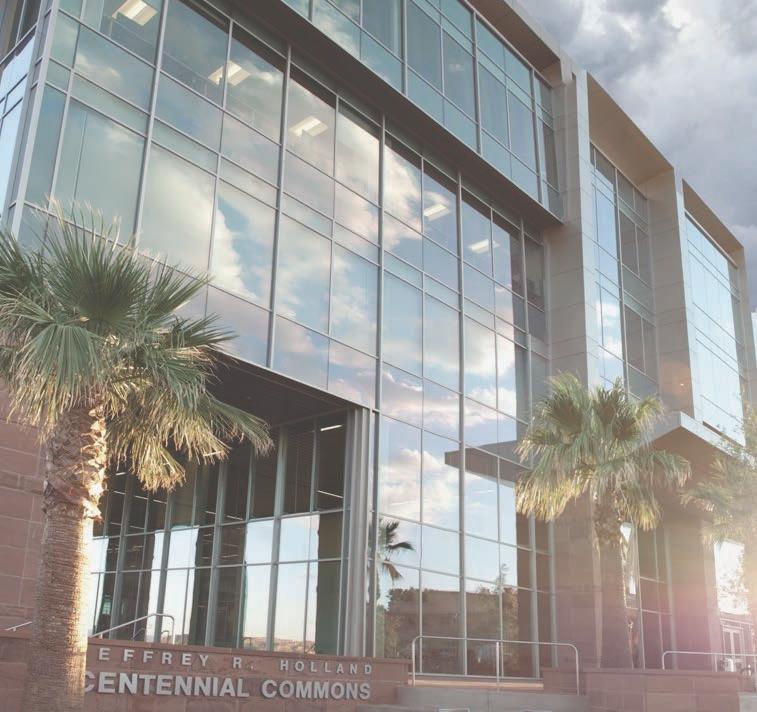

What still remains?


• Establishment of the Community Engagement Center
• Progress on Community Engaged Learning Courses being tagged on transcripts
• Carnegie Classification criteria met and application completed.








What has your team learned?
Key findings and collaboration recommendations?












• There are many opportunities for DSU students, faculty, and staff to participate in community engagement.
• We need to more clearly define and communicate the mission of the community engagement unit on campus.




Strategic Plan Funding $82,500

• Spending
– Volunteer Coordinator Compensation
–
–
–

Volunteer Coordinator Supplies & Equipment
Student Worker for Volunteer Program
RSVP Grant Consultant Contracted Service









– Engaged Learning Director Compensation


– Travel to Denver for Campus Compact Western Region Conf.









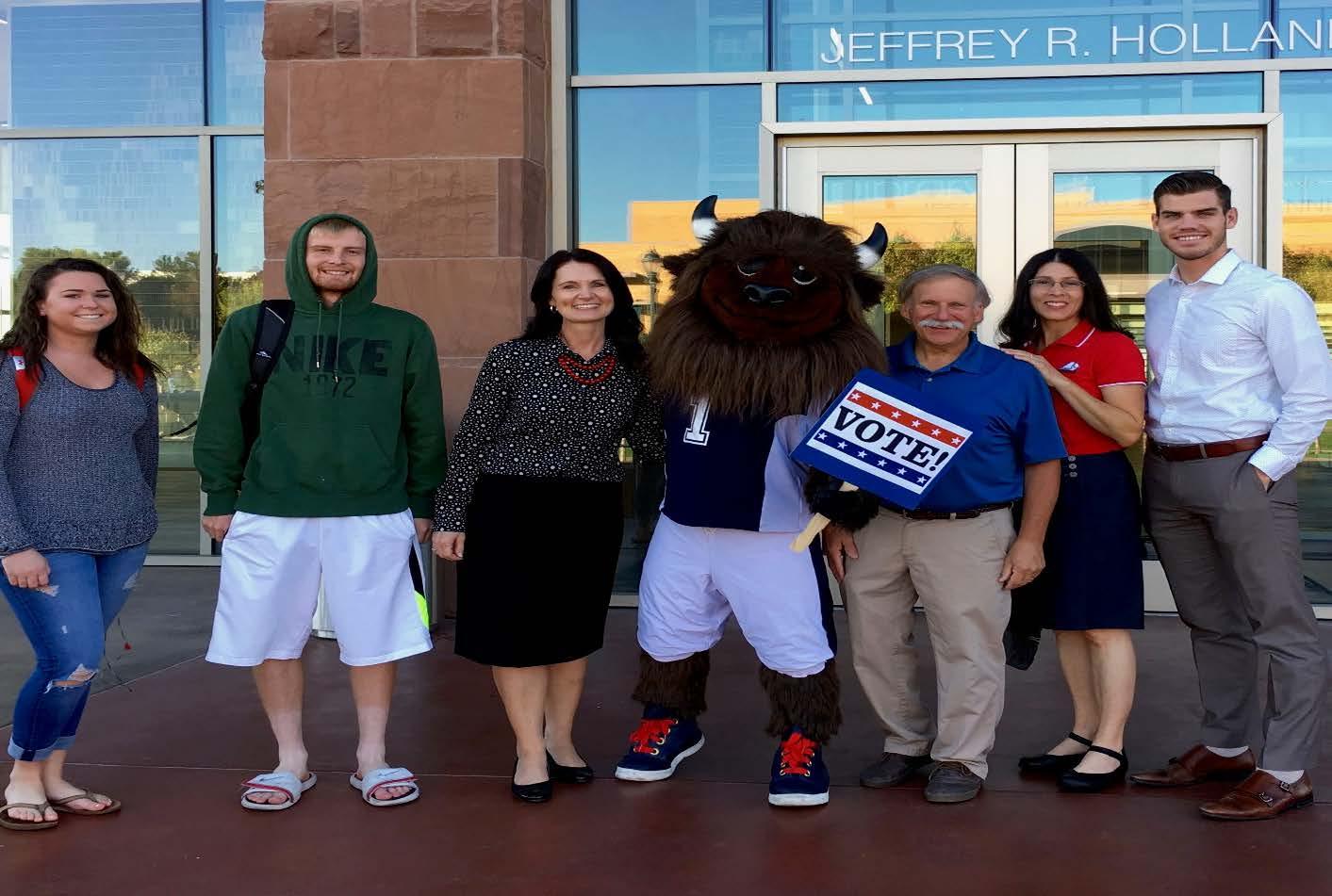














 Civic Engagement Campaign
Community Engagement Fair
Civic Engagement Campaign
Community Engagement Fair


• !"#$%&'()&*+',&










• -./%&8&
• 12#/2345&7&







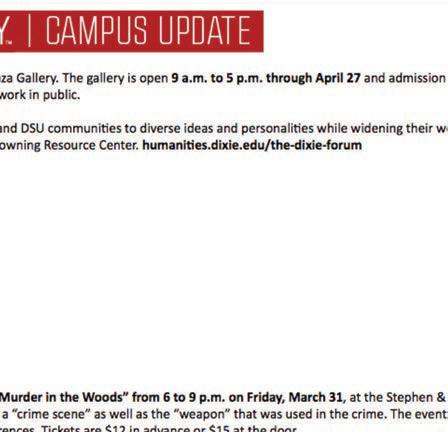









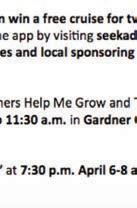







!"#$%&#'()**#+"(,"+#-.#/#0"/&1#&("/&# P)-%(4####23"!#4%*5)"#4/**/)/0"#&%#&%7!#
'!"#$%%& (")"% *+,-.-+/0*#123.+--456'/75+ 8+9,:9;<,40*5,3= F*,d+=|3/24|3p6m6,5p6m6 #+37*d+=|3/25|N11<,2p6m6
!"#$"%%&'()*#+ ,-








*+,-.-+/0*B+50.+--45681,<3L1m+ F*,d+=|3/24|4p6m6,7p6m6 #+37*d+=|3/25|N11<,3p6m6
!"#$%&'()#*+,)-*.,%'/#0$!%)!"'1,$!"$!"' %)2!3%')('4&.'567%'4)'8.30,'8$49
$"uc*Hu"'t()*#+

,-≠,10

(,x,0F1*7m1<8h,-151ph=,<3h0 'g012#9,0<90+<dC+p,3+-,5m 705d+=|3/28|N11< Dunf%"+Au+)t%")um

("**
ì'M7*d0*,<3h0$11d5î Th*C")m)n!#Ju't)c*P"%g"!mí'!nnu!#Mu"+*" My't*"yD)nn*" F*,d+=|3/31|6p6m6
W!+*A#umn)H%u'*

,12≠,15
!"#$%&%#'%(# $%&%#.#$u $su!%&.com
EATS
Letís Eat: Quick, convenient, Harmons Deli Page 4 STAGE

ëOver the River and Through the Woodsí is surprisingly deep Page 5 FLICKS
Film Geek: ëSingí tries to hit a high note but falls flat Page 6 Movies premiering, continuing in theaters Page 7 SOUNDS
Backbeat: Depeche Mode turns revolutionary Page 8 Backbeat Classic: A tribute to Chuck Berry Page 10 OUT & ABOUT Jackie Lee to open for Dan + Shay in Cedar City Page 15 10 Days Out & About Page 32 Is My Geek Showing?: Salt Lake FanXperience reflection Page 38
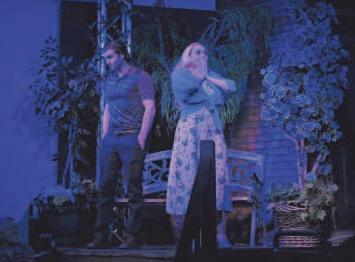





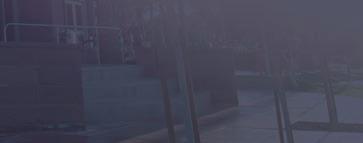
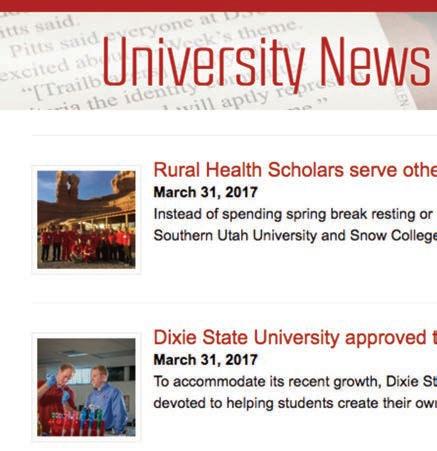














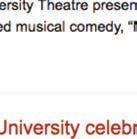
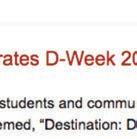
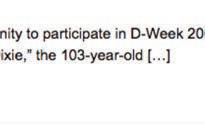

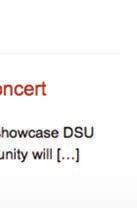










































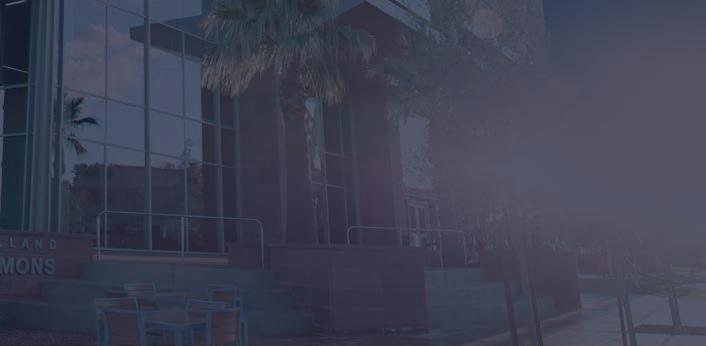



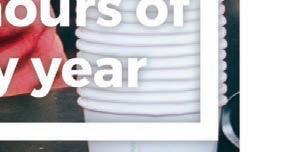











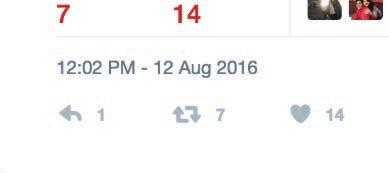












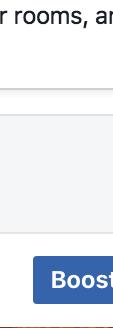

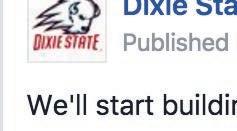





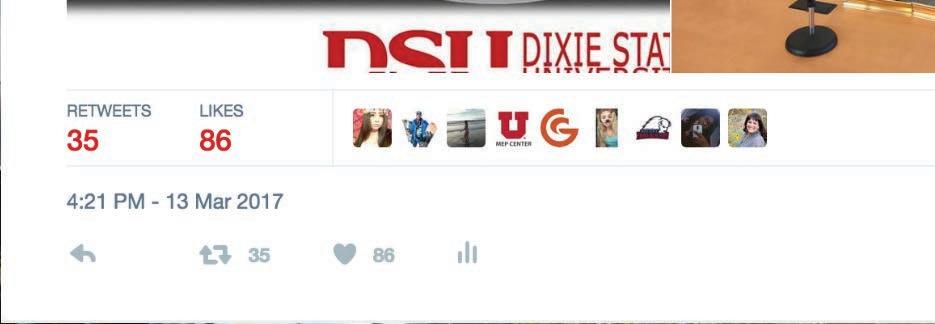







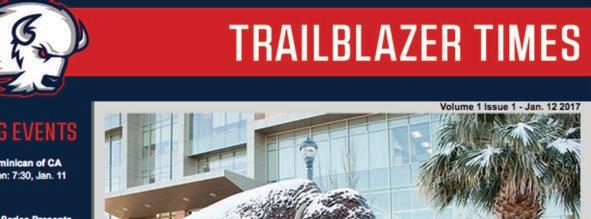



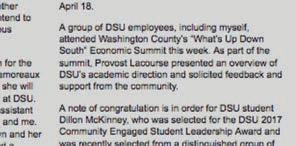







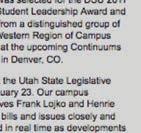


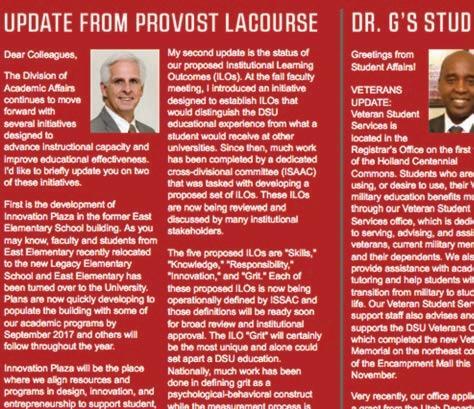
























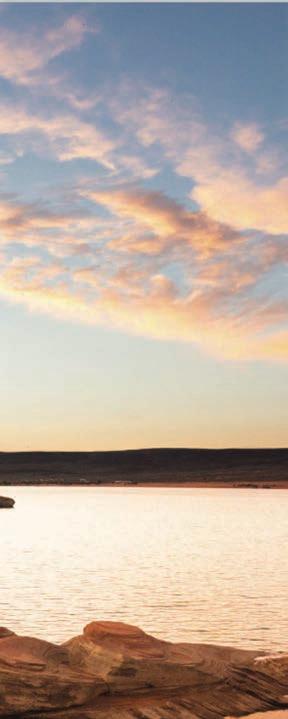



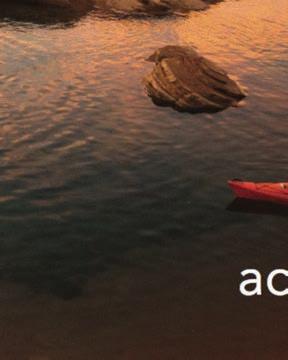







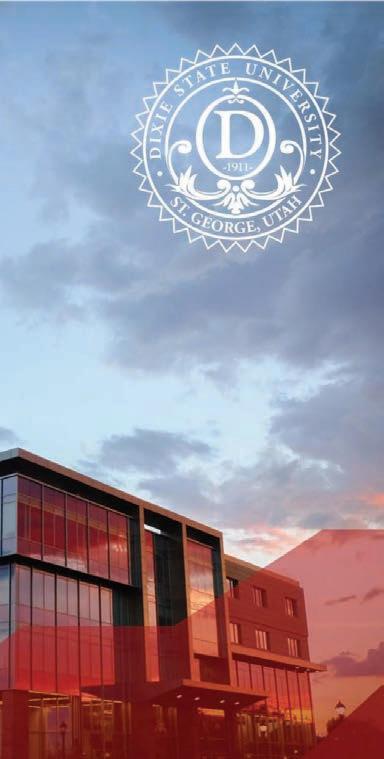



What work is planned for next year?


• Implement creative campaigns each quarter to increase DSU’s visibility





• Ensure the website is easy for community members to navigate and that answers to all their questions are easy to find






• Unveil a crowd-sourced blog









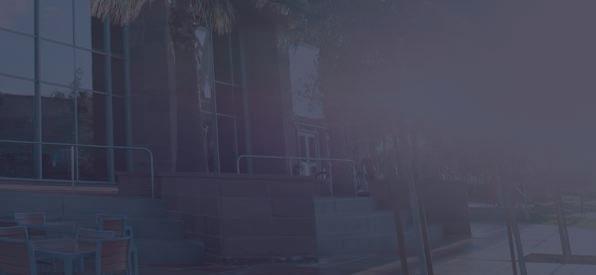





















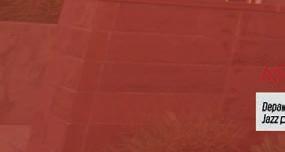






What progress has been made compared to the 2016-17 benchmarks?
Should they be adjusted going forward?





• DSU’s official Facebook, Twitter, and Instagram accounts will increase followers by 5 percent on each platform each year
• Dixie State UMAC will release 150 press releases each year










and Hurdles: What did your team overcome? What still remain?

• Journalists’ conflicts with running DSU’s press releases




• Lack of quality content to post to social media










• A disconnected presence among social media accounts


What has your team learned?
Key findings and collaboration recommendations?








• DSU is comprised of some pretty talented people!
• The more relevant we make DSU's successes to the entire community, the better





• Our community is eager to support our university



























Introduction: • Strengthen the athletics program in performance and competition in order to improve the visibility and image of the university










What work was completed this year?


• Improve Community Awareness


–
Immediate area has been focus of our efforts this year
–
1,360 hours of community service so far
–
Local Service Club visits
–
Media Days on CEC TV and Southern Utah Live for all sports

–
Chamber of Commerce Luncheon; Teacher Appreciation Night
–
Trailblazer Nation App

–




Videos highlighting teams and student-athletes






What work was completed this year?


• Improve Athletic Facilities







– SAC branding & Volleyball locker room upgrades
– Legend Solar Stadium renovations underway
– Burns concourse renovations underway
– Burns videoboards





– Baseball locker room renovation fund raising completed








What work was completed this year?





• Achieve Gender Equity


– Women’s Distance Track began competing this spring

• Bolster Strength & Conditioning Program


– New head coach was hired in August
– New strength equipment and rubber flooring for the space has been purchased – Wall padding surrounding the wrestling mats installed


What work is planned for next year?

• Continue building community awareness with school visits, service projects, etc.

– Create a school assembly program


• Additional events such as “Chamber of Commerce Night” and “DSU Faculty & Staff Appreciation Night”
• Digital marketing campaign
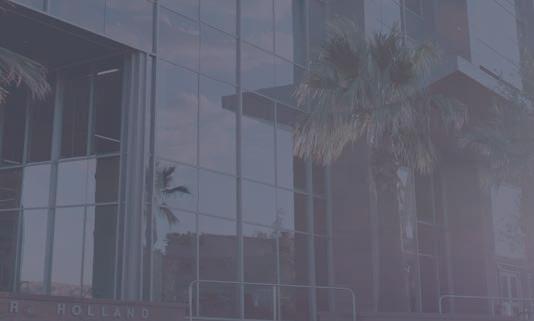
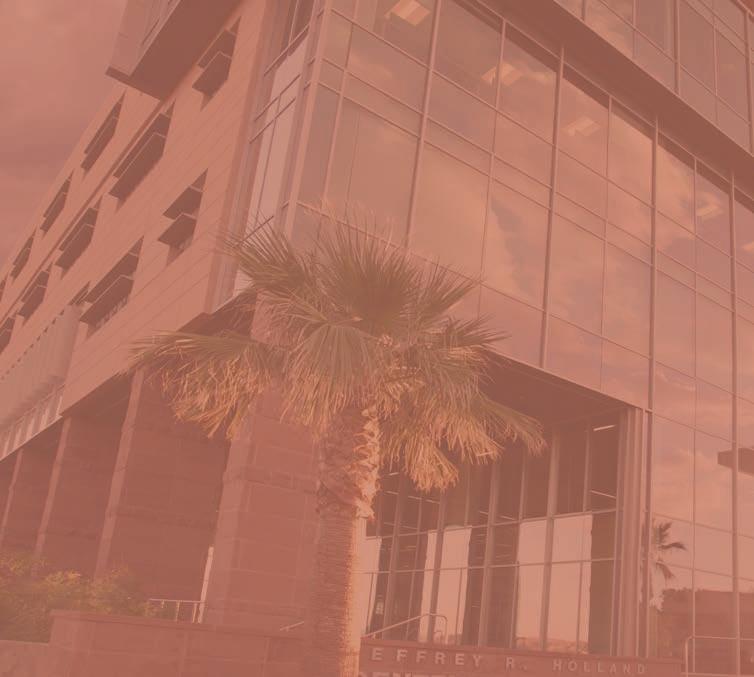






• Burns concourse and Baseball locker room renovations completed


• Legend Solar Stadium field and track completed with east grandstand construction started



What work is planned for next year?






• Raise funds for the west side of Legend Solar Stadium



• Finalize a renovation / upgrade plan for the Softball stadium


• Increase budgetary allocations to female sports to strengthen gender equity


– Move two part-time head coaches to full-time
• Develop an on-going plan for increasing academic performance of student-athletes with new funding from Legislature




What progress has been made compared to the 2016-17 benchmarks?
Should they be adjusted going forward?

• Very good progress has been made, but our items are hard to measure quantifiably













• New efforts to increase academic performance should come with quantifiable measurements









What did your team overcome? What still remain?




• While not receiving the amount of funding we would have preferred, we were still able to be very creative and make significant accomplishments throughout our entire strategy.







What has your team learned?
Key findings and collaboration recommendations?











• In addition to all of the other exciting initiatives we have been doing the first two years, year three will see an increased effort to market ourselves through a digital campaign, in collaboration with UMAC, in order to effectively strengthen the visibility and image of the university.





























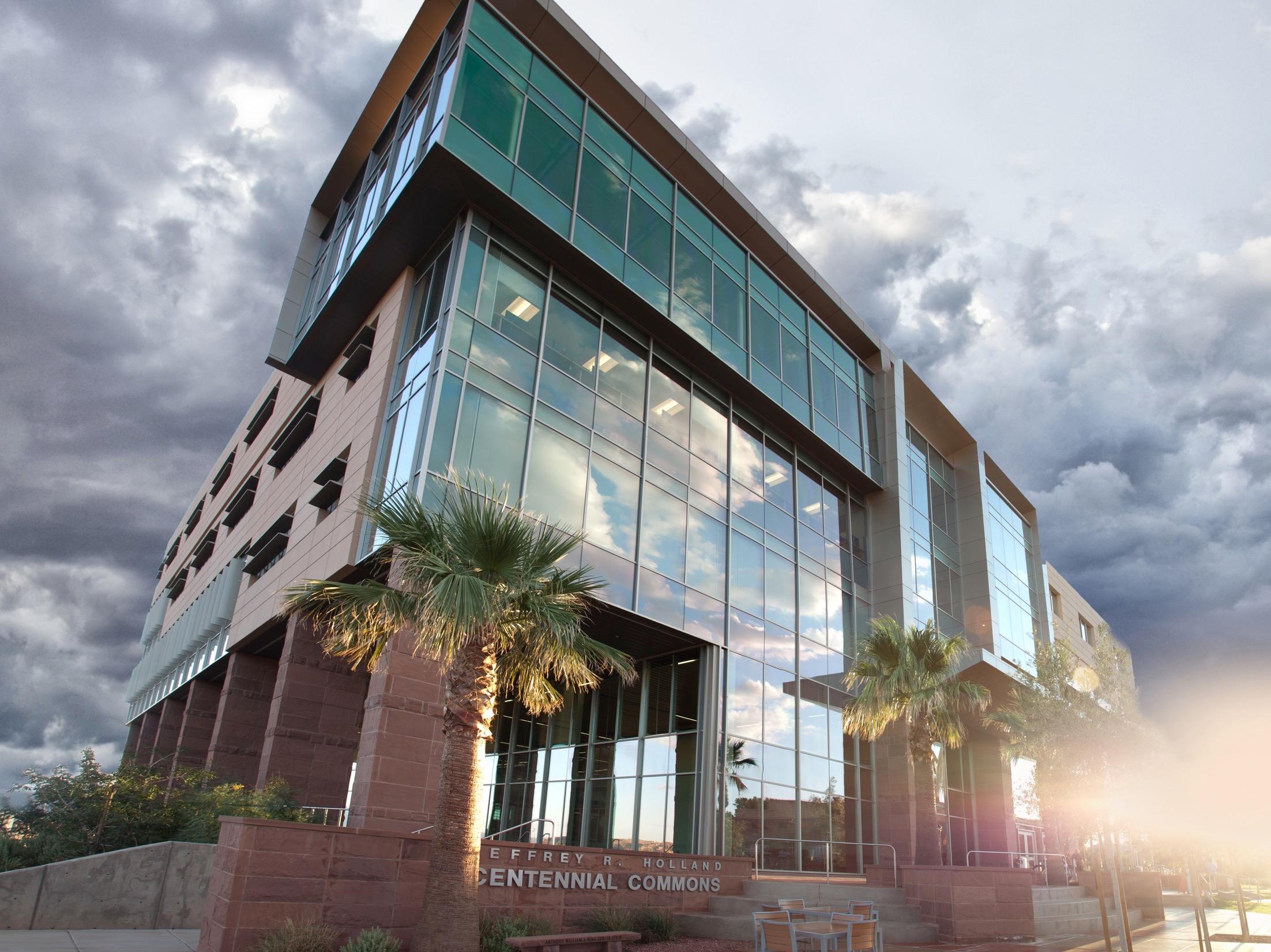

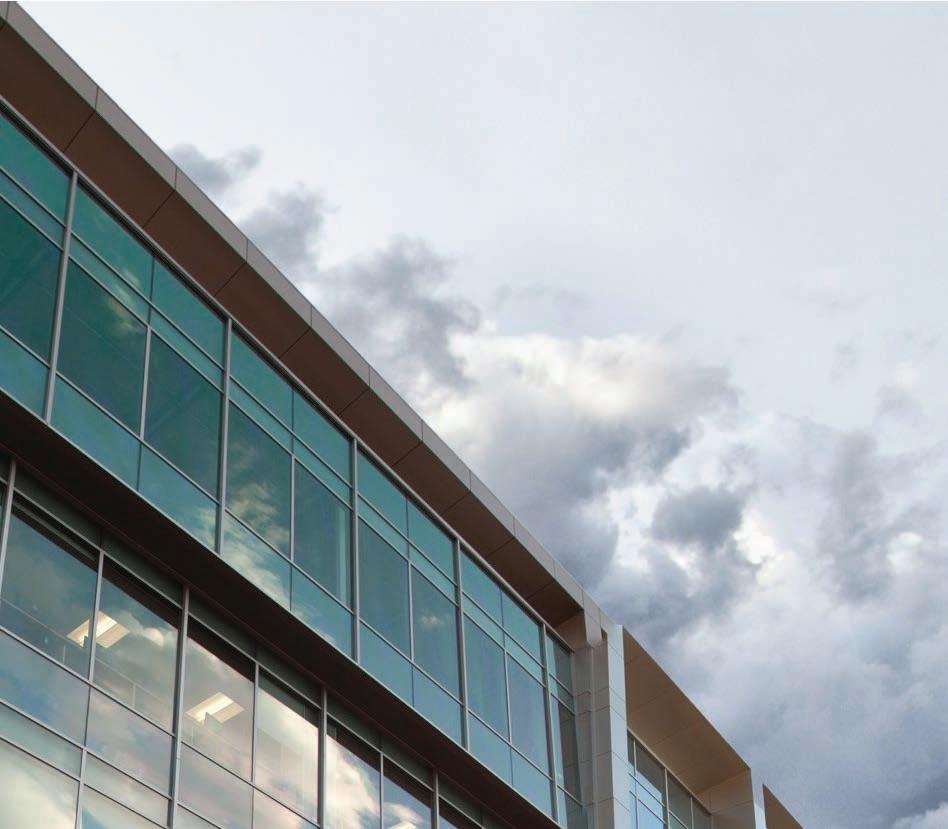

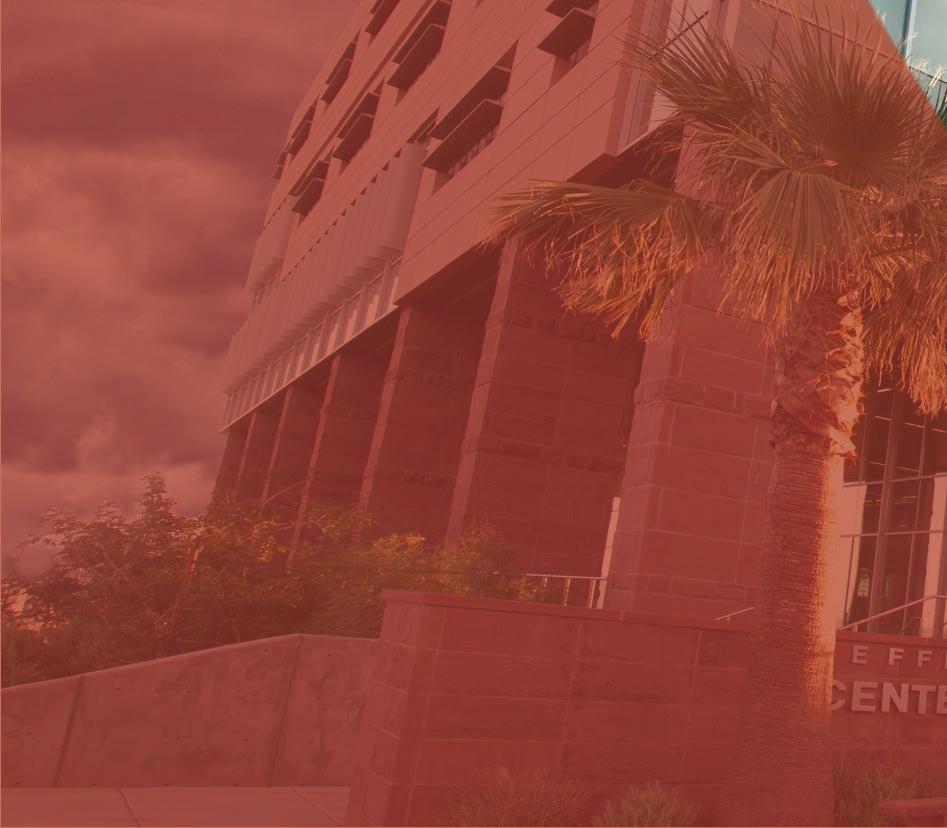
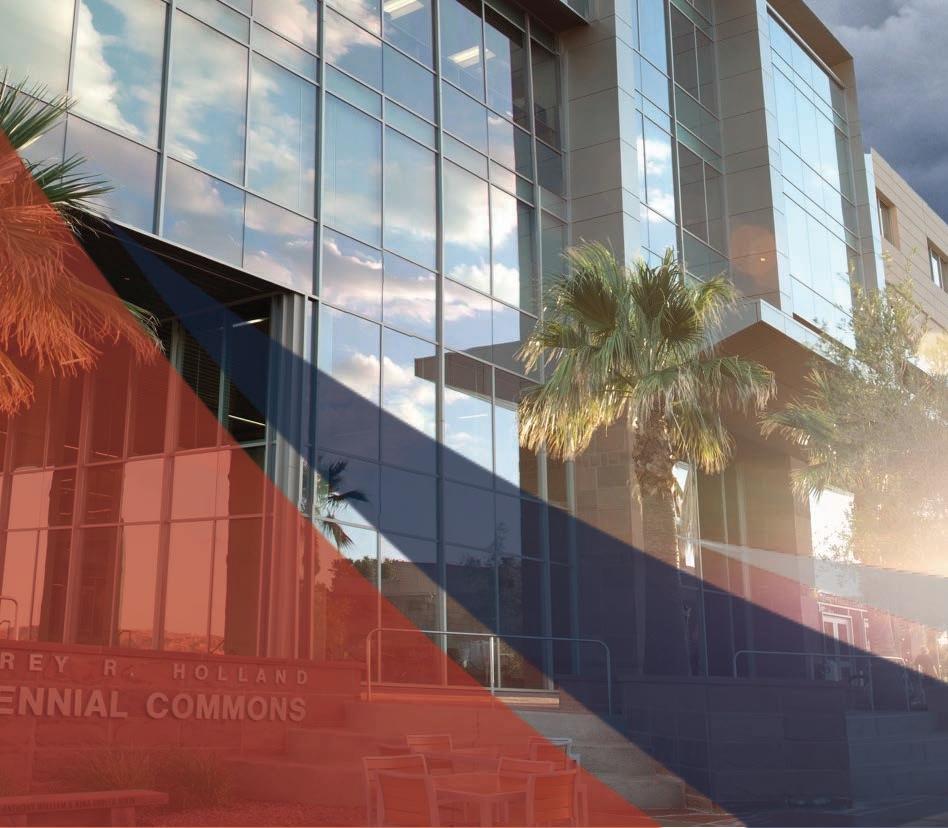

Forge alliances with local and regional businesses, alumni, and community members in order to engage the resources of the university with its service region
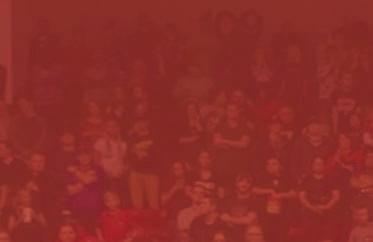



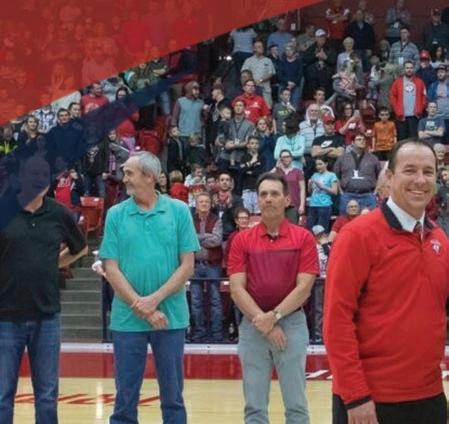
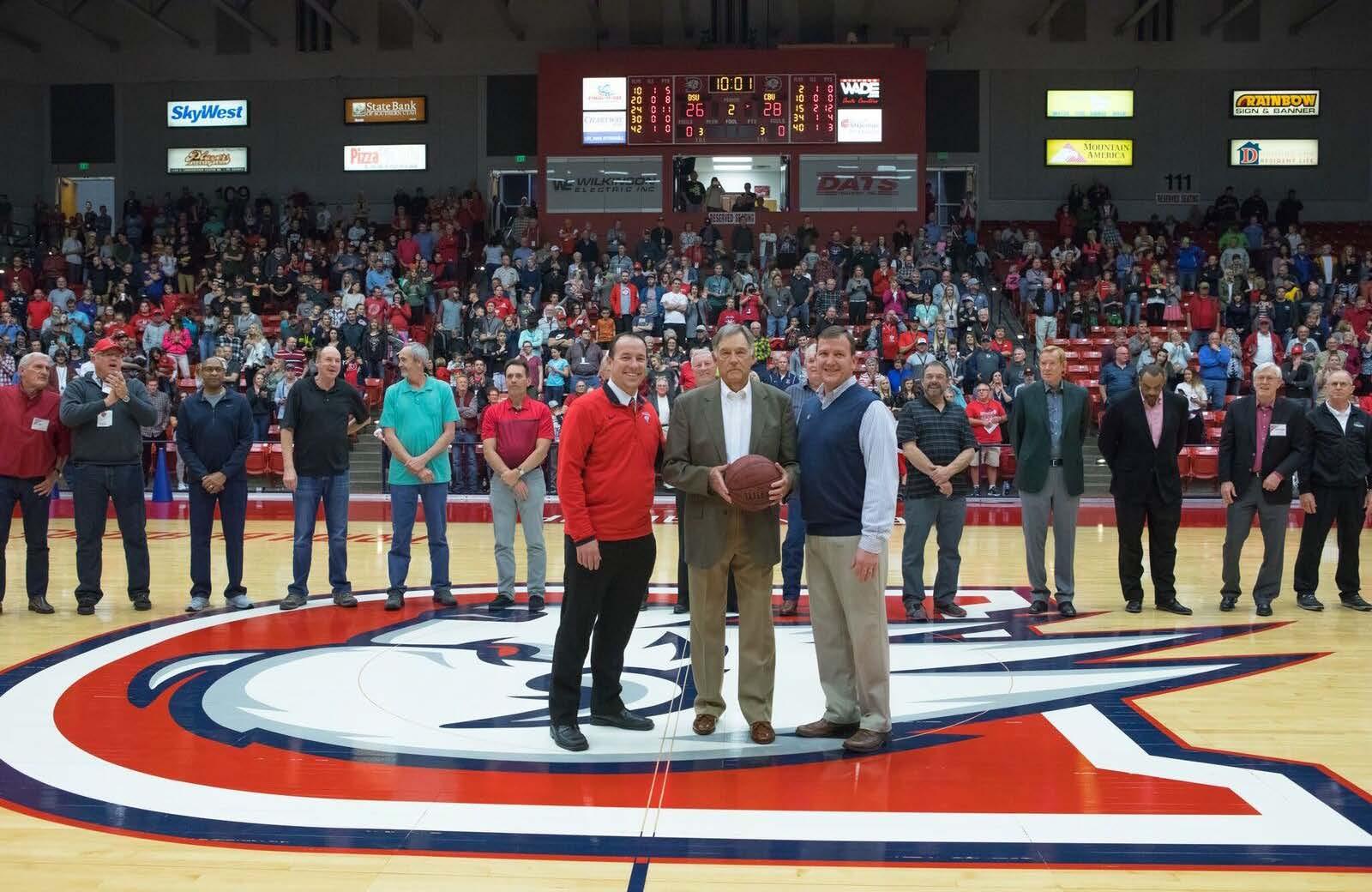

-./%&S& 12#/2345&6&
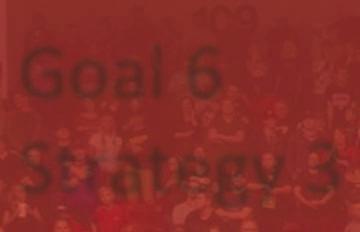




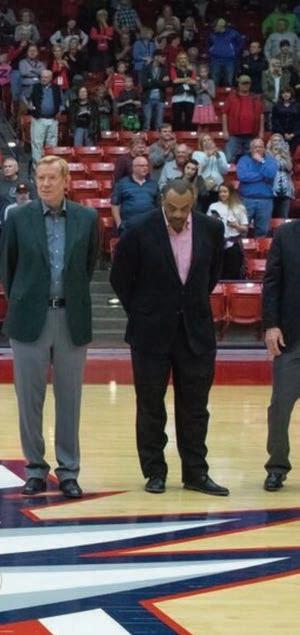


What work was completed this year?

(1) Events





• Doug Allred Reunion
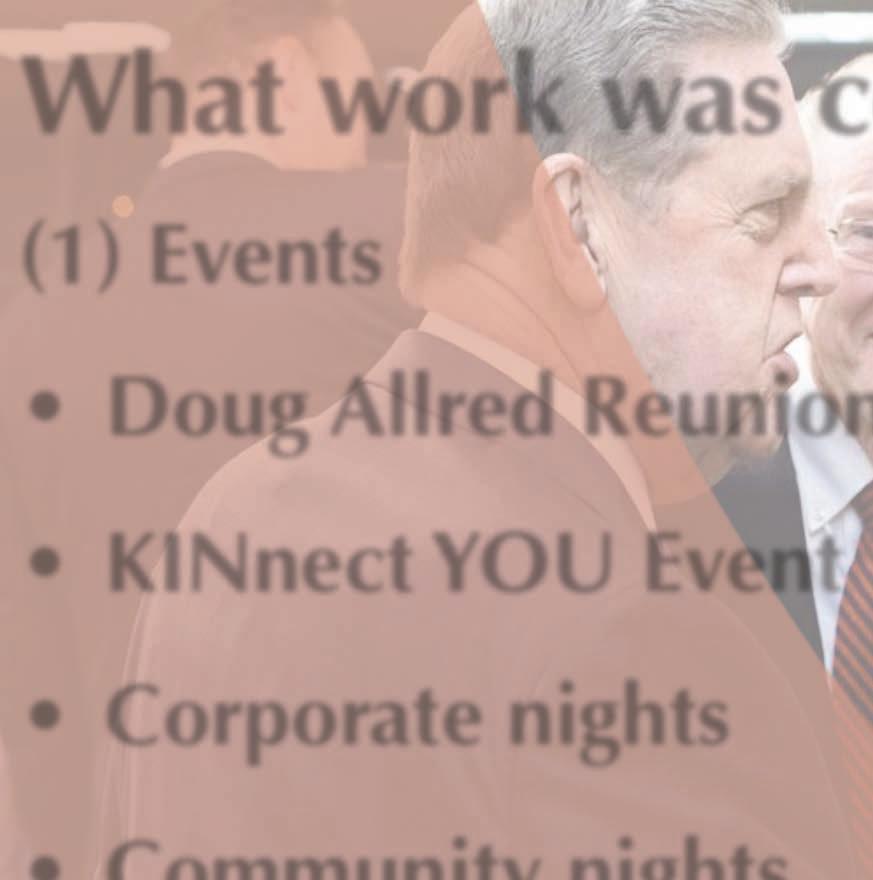
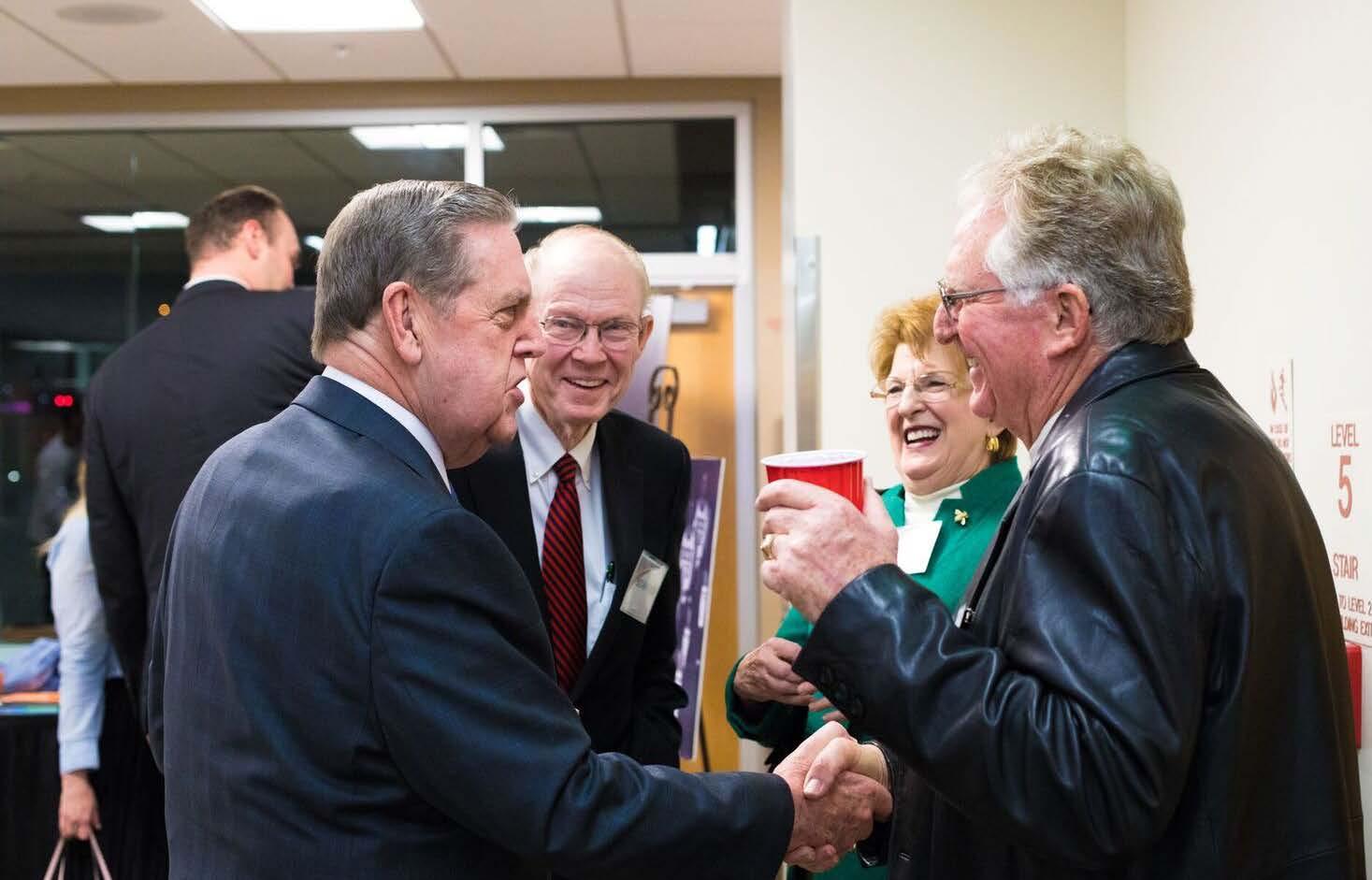
• KINnect YOU Event
• Corporate nights
• Community nights
• Board of Realtors

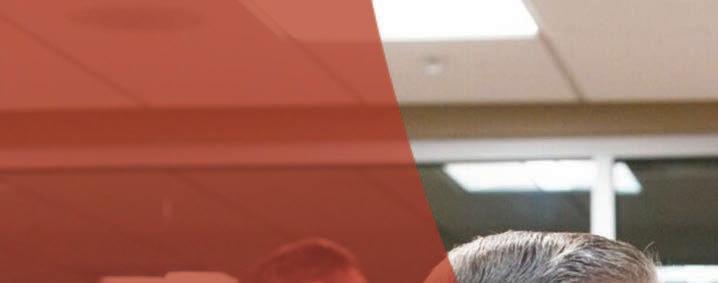

What work was completed this year?

(2) Committees/Community Organizations
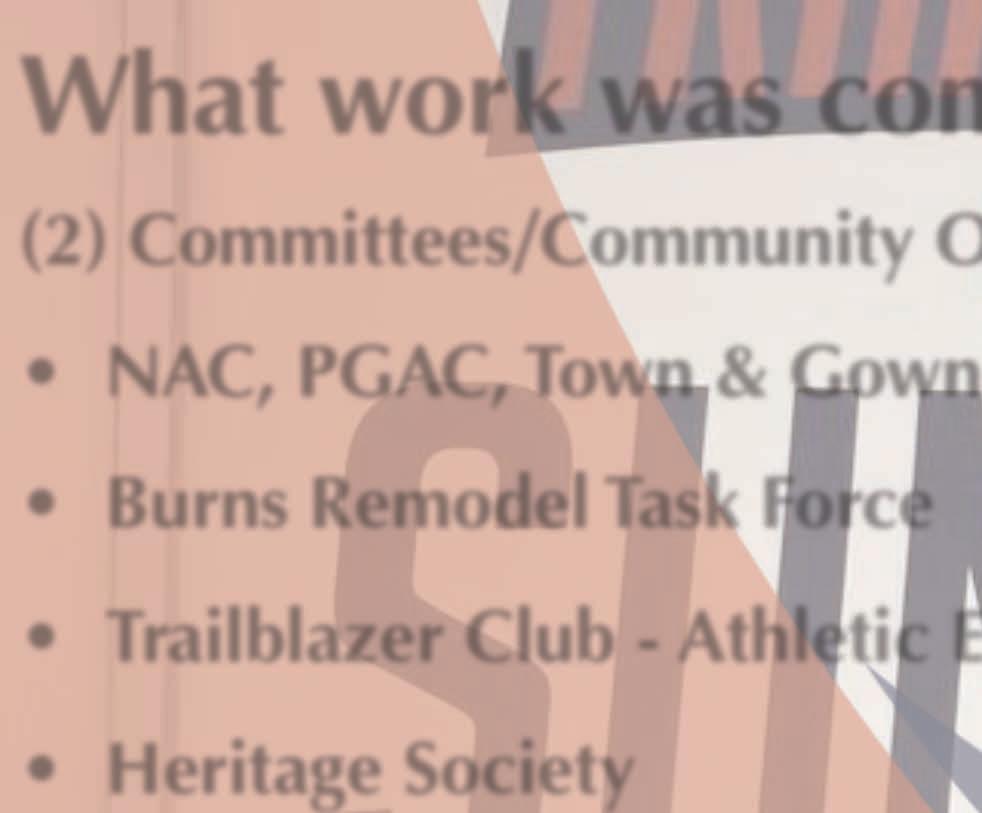


• NAC, PGAC, Town & Gown

• Burns Remodel Task Force

• Trailblazer Club - Athletic Excellence Weekend

• Heritage Society

• Corporate Alliance, Chamber or Commerce, Rotary & Exchange Club



What work was completed this year?

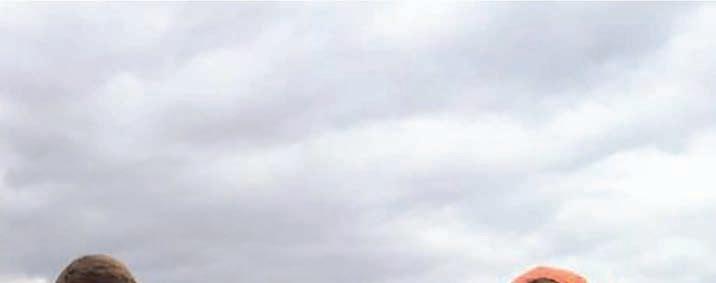
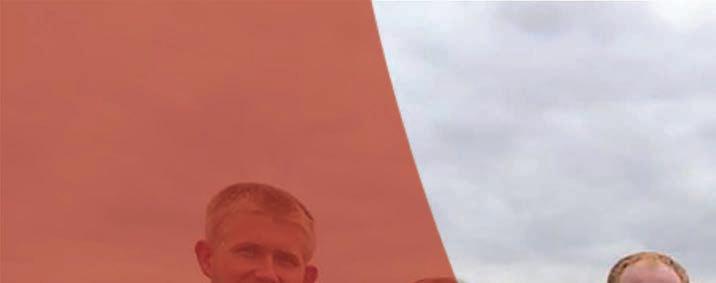

(3) Service





• Packages 100,000 meals for Switchpoint
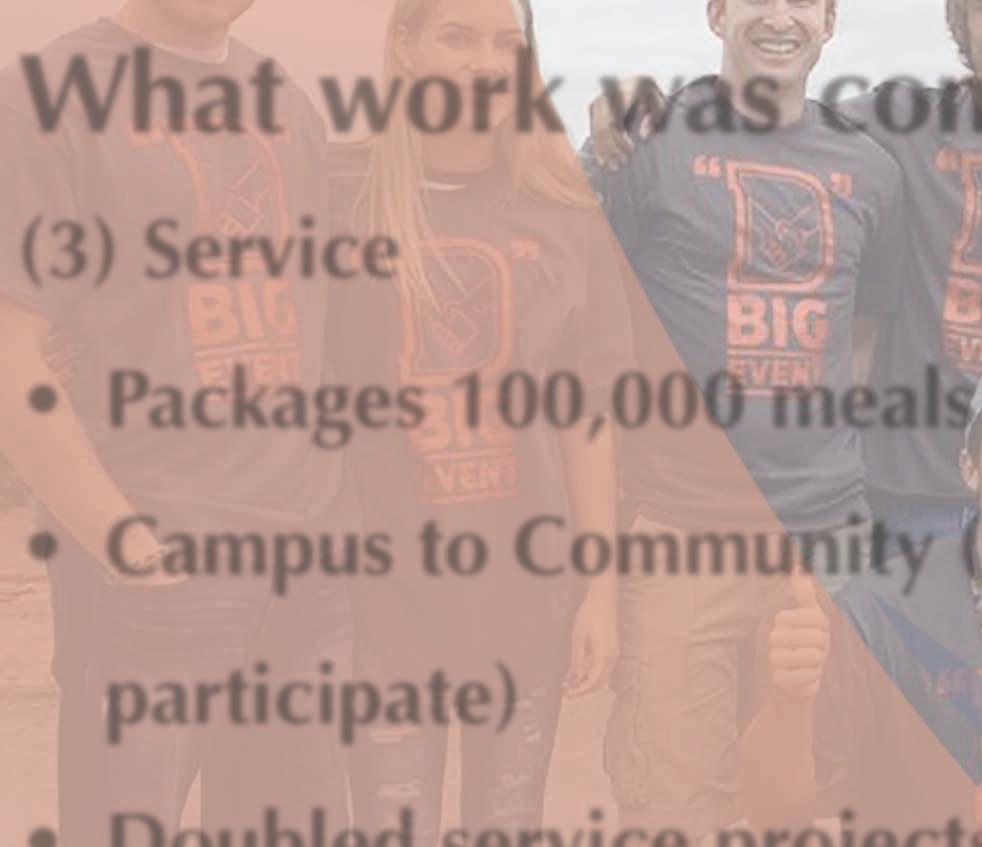
• Campus to Community (100 students participate)

• Doubled service projects from last year
• Tripled “Thanksgiving Adopt a Family” families
What work was completed this year?

(4) Internships


• Provided interns to Qualtrics, Disney, Del Sol, Best Friends Animal Sanctuary, Zion National Park, IHC, HintonBurdick, Preston Digital, Utah State Legislature, PrinterLogic, KCSG, Alzheimer’s and Dementia Society, and Learning Center for Families, amongst others.



• Doubled companies at accounting meet the firm night


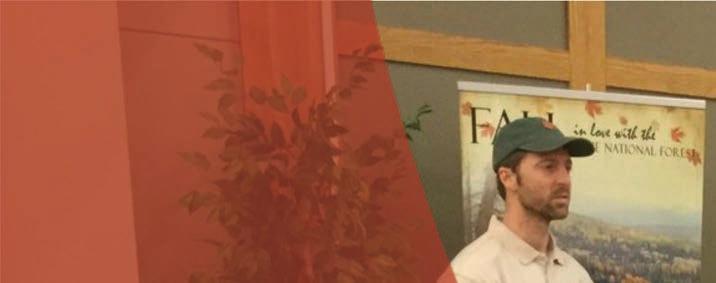



What work is planned for next year?





• Continue efforts to educate, serve, collaborate, and provide value to community members, organizations, and alumni.




• Find a system to track and measure these efforts in order to increase them.
• Build a donor pipeline and increase contact from the university through an annual giving program.





• If funded execute a welcome to trailblazer nation campaign with businesses and new move ins
• Support and coordinate with Goal 5 leaders Eric Pedersen & Nancy Hauck to help collaborate & coordinate community engagement efforts




















What progress has been made compared to the 2016-17 benchmarks? Should they be adjusted going forward?

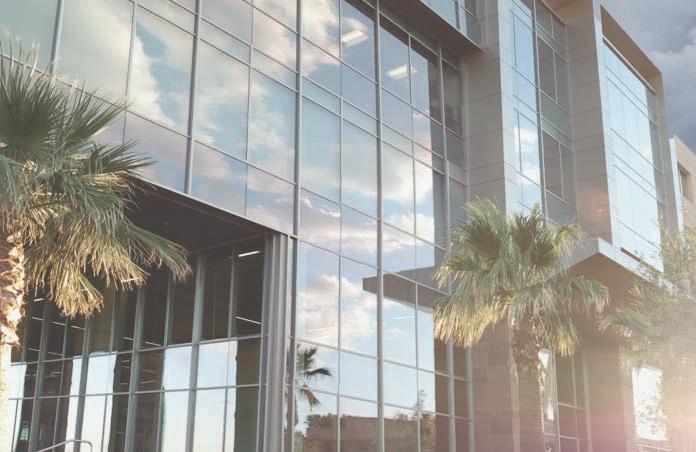

• We are doing a great job engaging our community and alumni through events and activity. This year we have done more events than ever before, more service projects than ever before, provided more interns in the community than ever before, but we need to track, and coordinate this activity better. We are going to focus more on adding purpose to our activity rather than increasing it.

Barriers and Hurdles: What did your team overcome? What still remains?
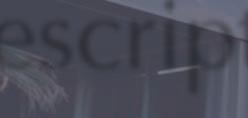






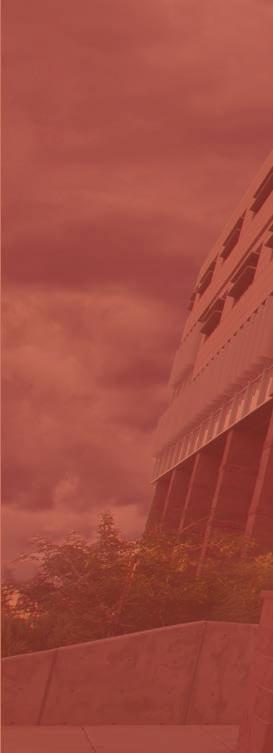



• A lot of what we feel needs to be done falls outside of our job descriptions. Better coordination.






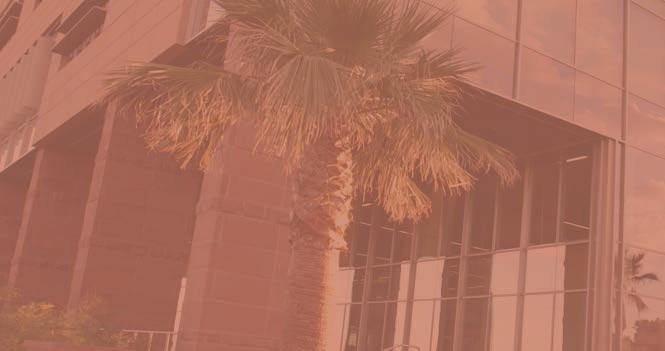
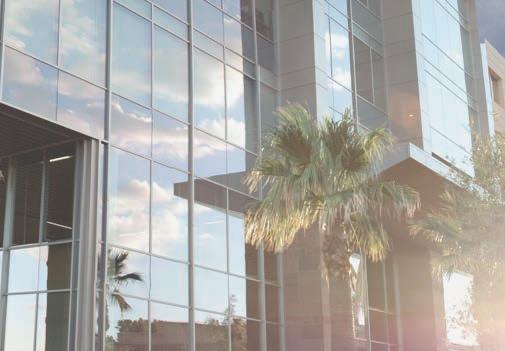






What has your team learned?

Key findings and collaboration recommendations?


















• We have learned that by coordinating better internally we can better serve the community. There are a lot of resources wasted through duplicative efforts. A little collaboration with different organizations on campus could help us all in our efforts to better forge alliances in the community.
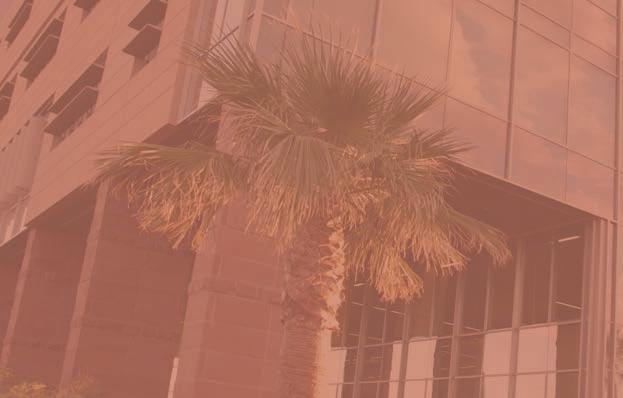
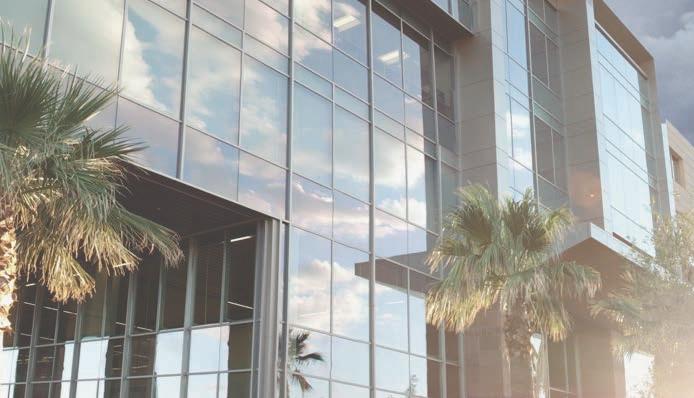





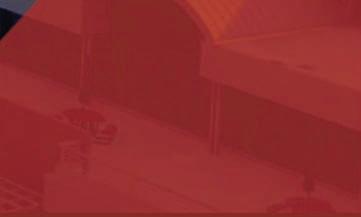

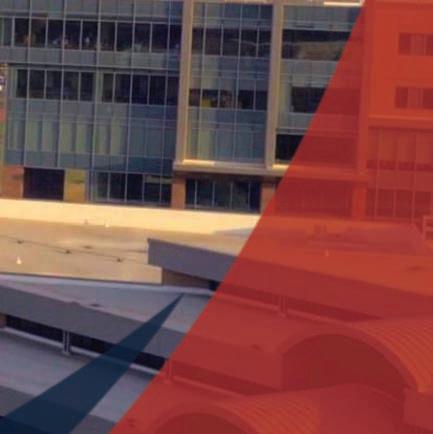




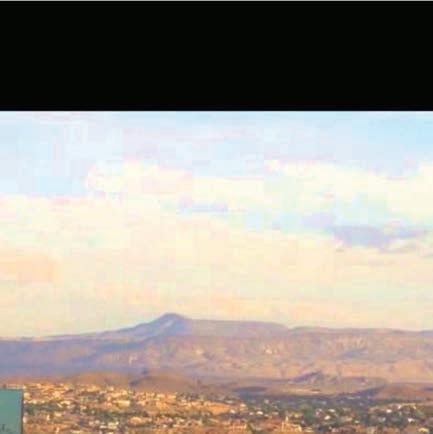











!"#$%&'()&*+',& -./%&0&S&ZB2/G%$B:&/& B2#.>4&G#/>D&/>D&$D3>=25&?.#& 2:3&@>$W3#B$25& 12#/2345&0&7&[3W3%."&/>&/44#3BB$W3& <.LL@>$</=.>B&/>D&L/#H3=>4&B2#/2345& <.>B$B23>2&I$2:&2:3&@>$W3#B$25CB&B2#/234$<&"%/>












-./%&S&–&12#/2345&7&
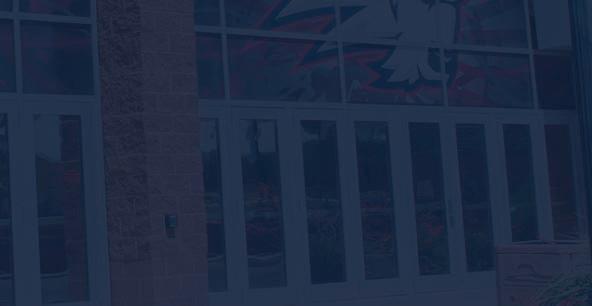





• g.&<%3/#&.#&<.>B$B23>2&
G#/>D&
• g.&?@%%JB3#W$<3&L/#H3=>4&
.r<3&
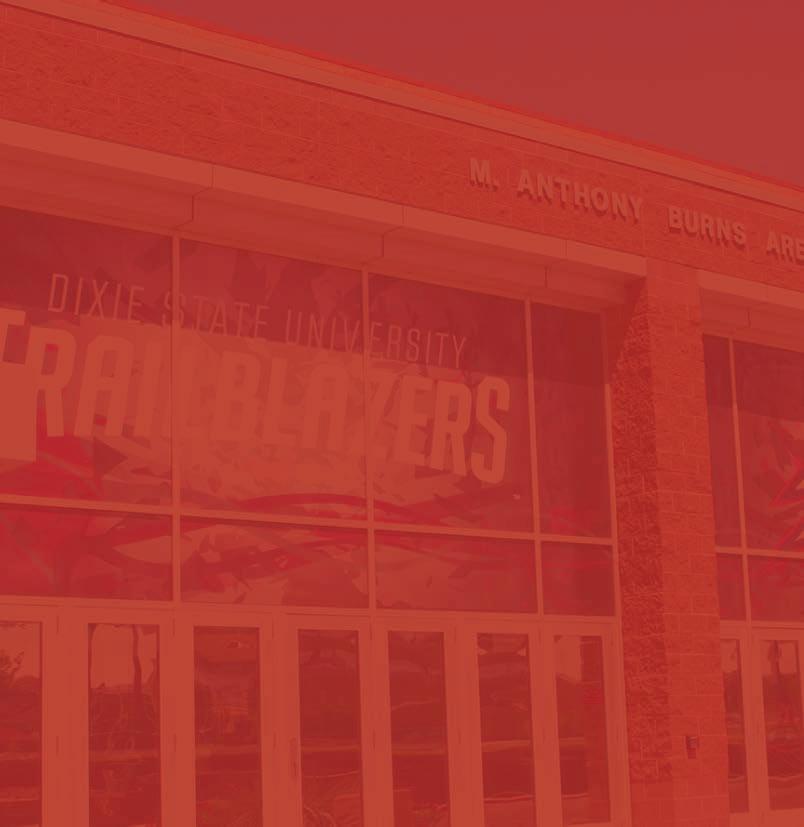
• g.&<.L"#3:3>B$W3&

G#/>D$>4&B2/>D/#DB&&
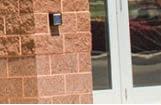
• g.&/%%&3><.L"/BB$>4&
B2#/234$<&L/#H3=>4&"%/>&

• g3I&G#/>D&
• g3I&G#/>D$>4& B2/>D/#DB&
• g3I&I3GB$23&
• g3I&L/#H3=>4& .r<3&





• g3I&L/#H3=>4& B2#/234$3B&&








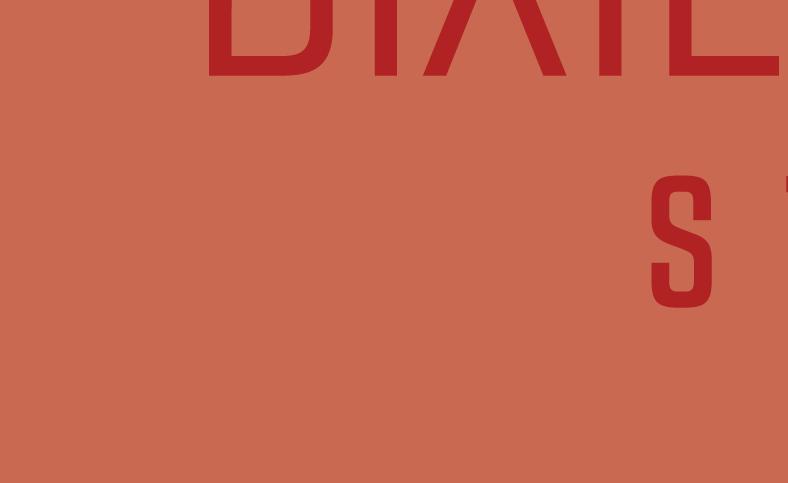
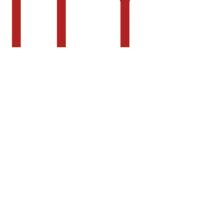

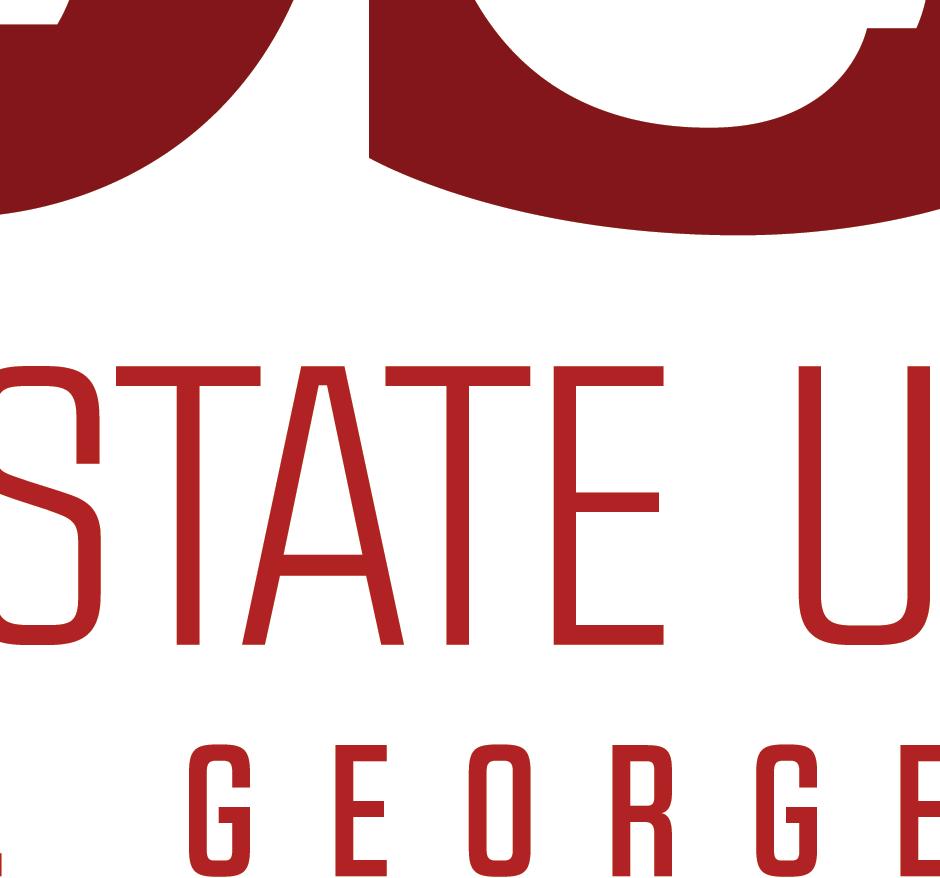

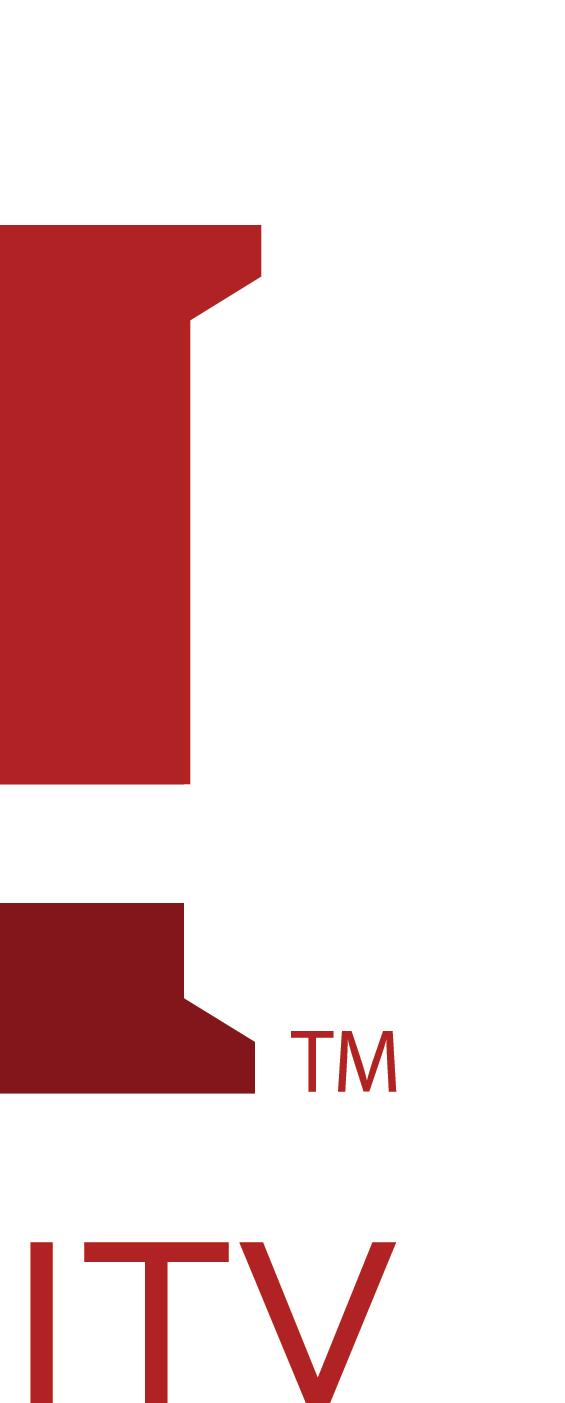


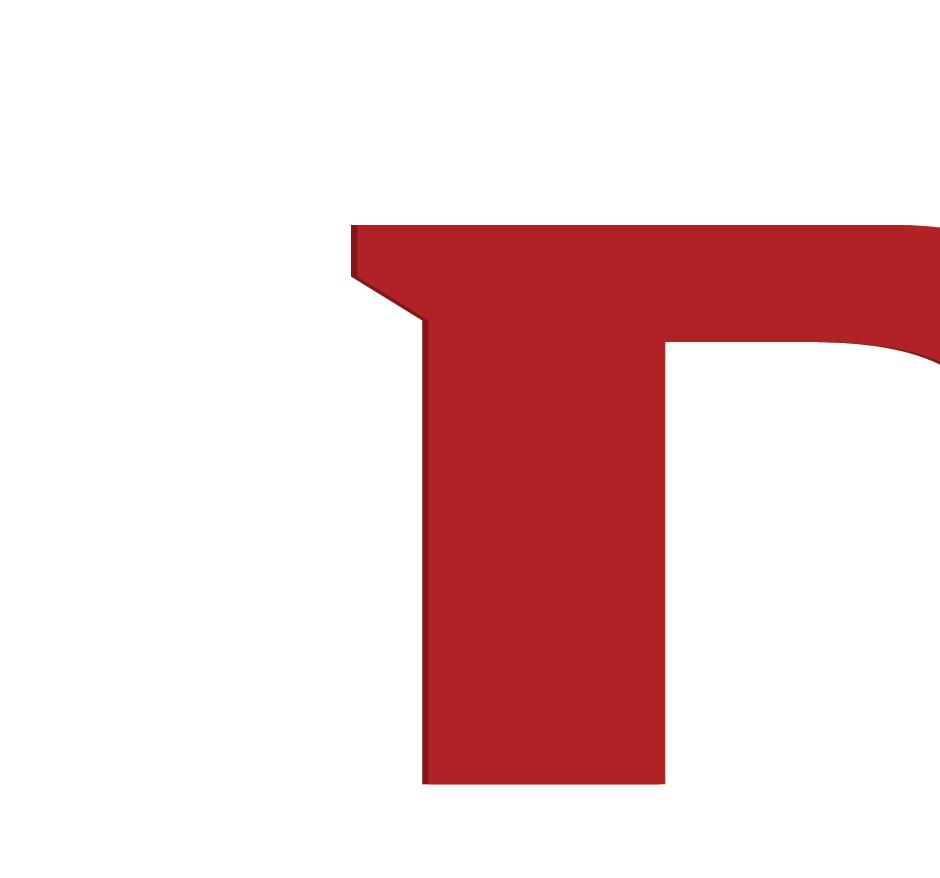



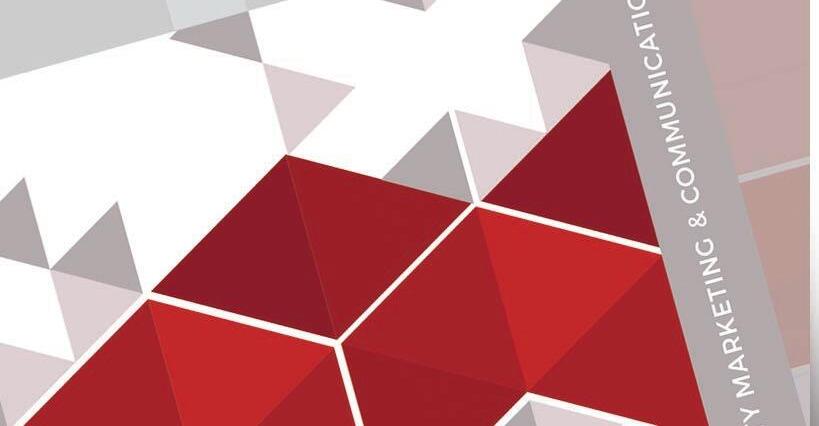



















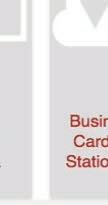























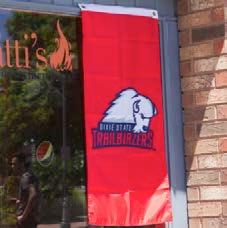



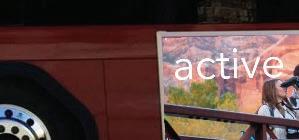

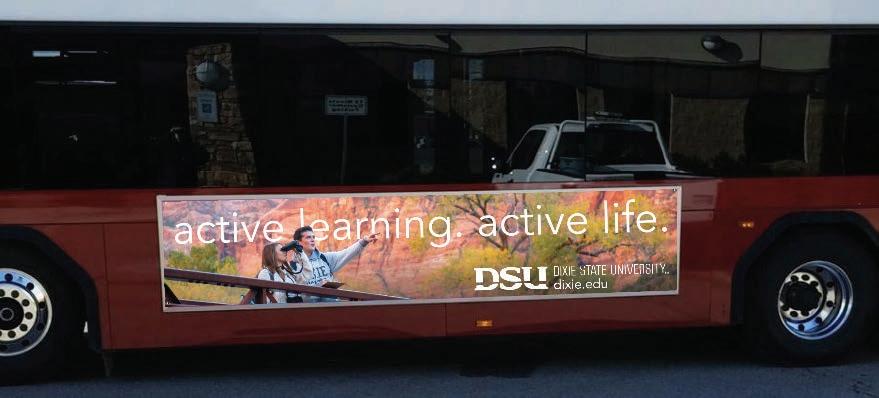
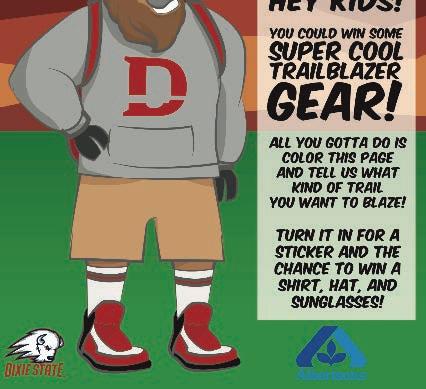






What work is planned for next year?

• Increase the photography library and purchase a new photo organization system


• Create an aggressive digital campaign for Utah


• Generate new public relations campaigns quarterly (Art in the City)
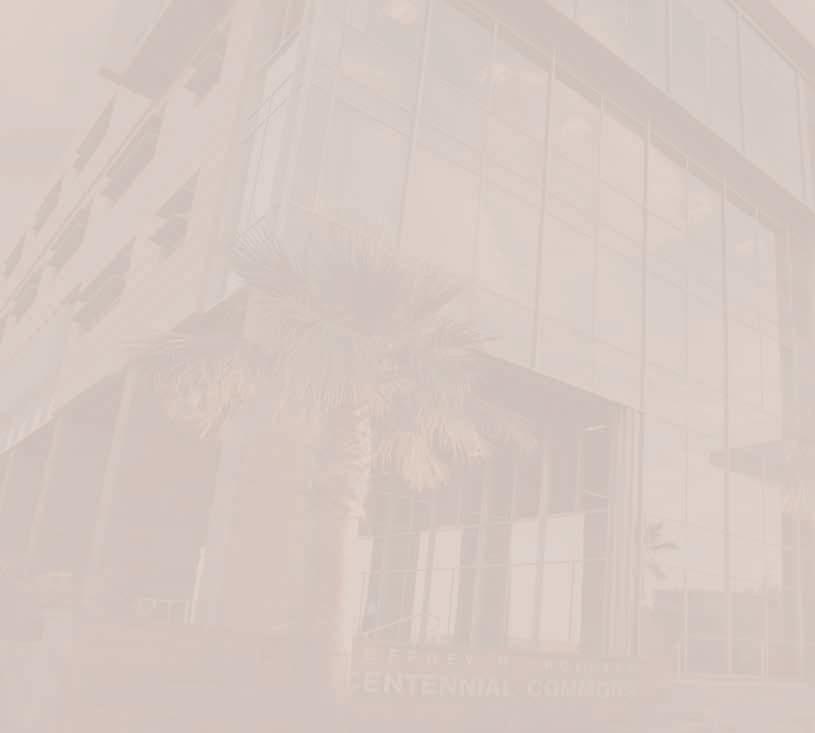



• Produce new video footage for athletics & academics




• Create a local digital campaign specific to athletics
• Produce marketing campaigns for individual academic programs
What did your team overcome? What still remain?
• Lack of branding resources and standards


• Opposition for the rebrand





• Departments producing their own marketing materials without standards and a centralized office creating a strategic marketing plan
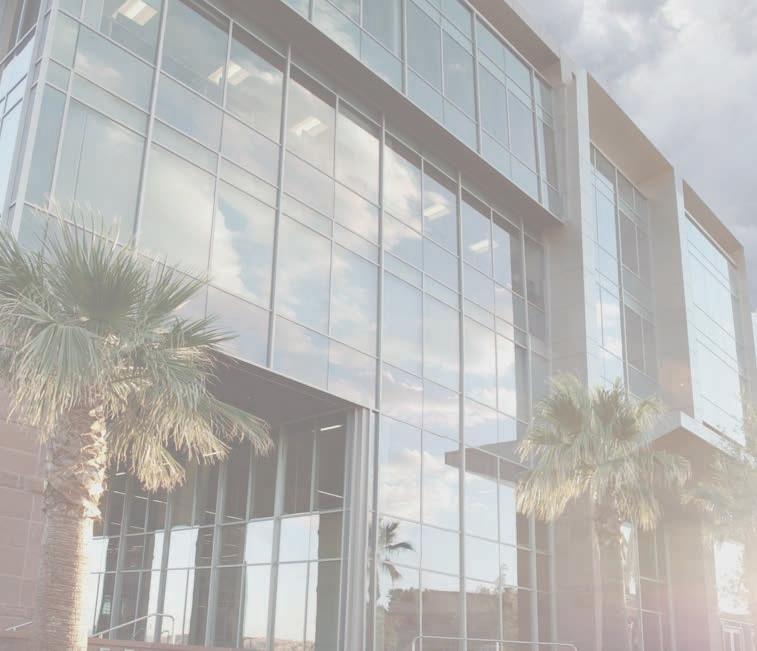


• Continued collaboration
• Data driven marketing decisions


• Additional resources to market DSU
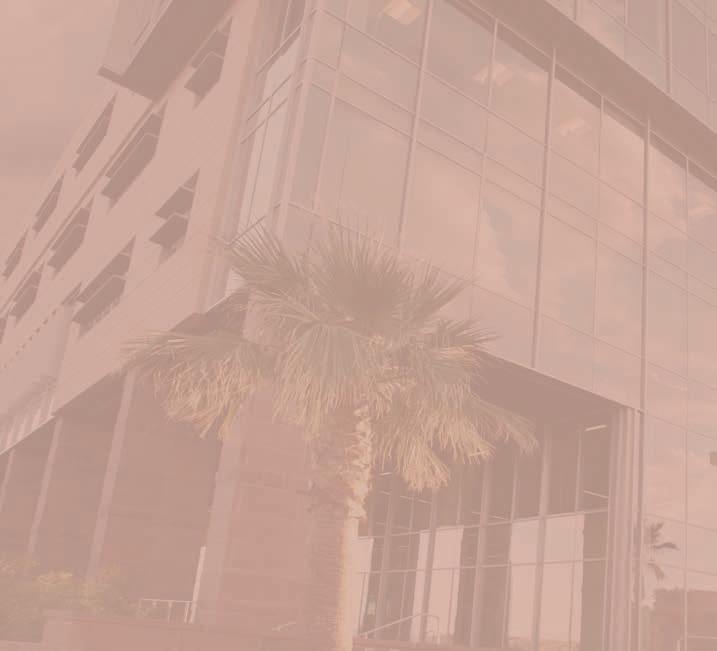




What has your team learned?
Key findings and collaboration recommendations?





• Rebranding is not for the weak in spirit

• Consistent branding is more effective, economical, and easier





• Working together to market our institution is exponentially more effective






• Resources dedicated to branding and marketing pay off
